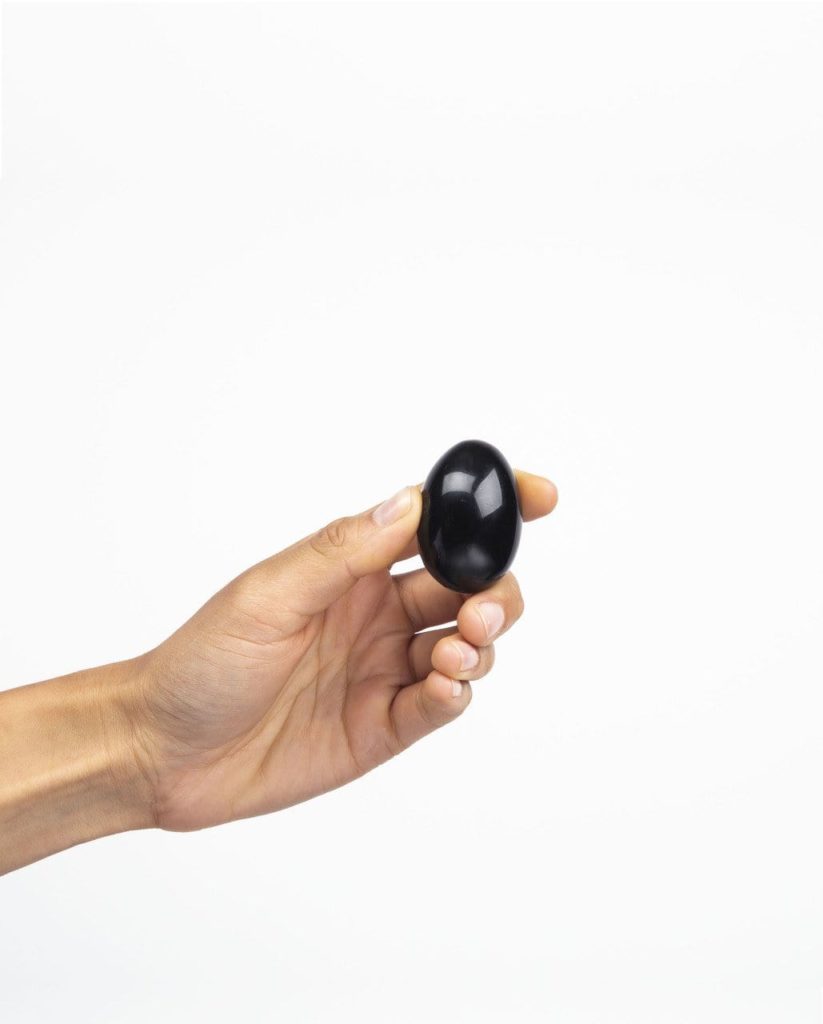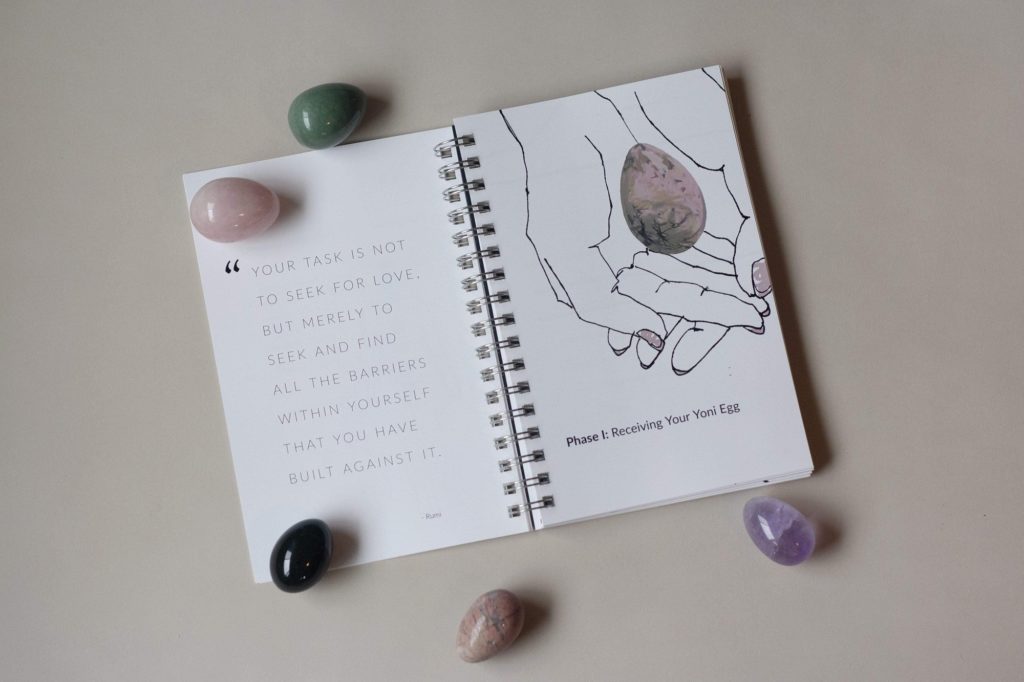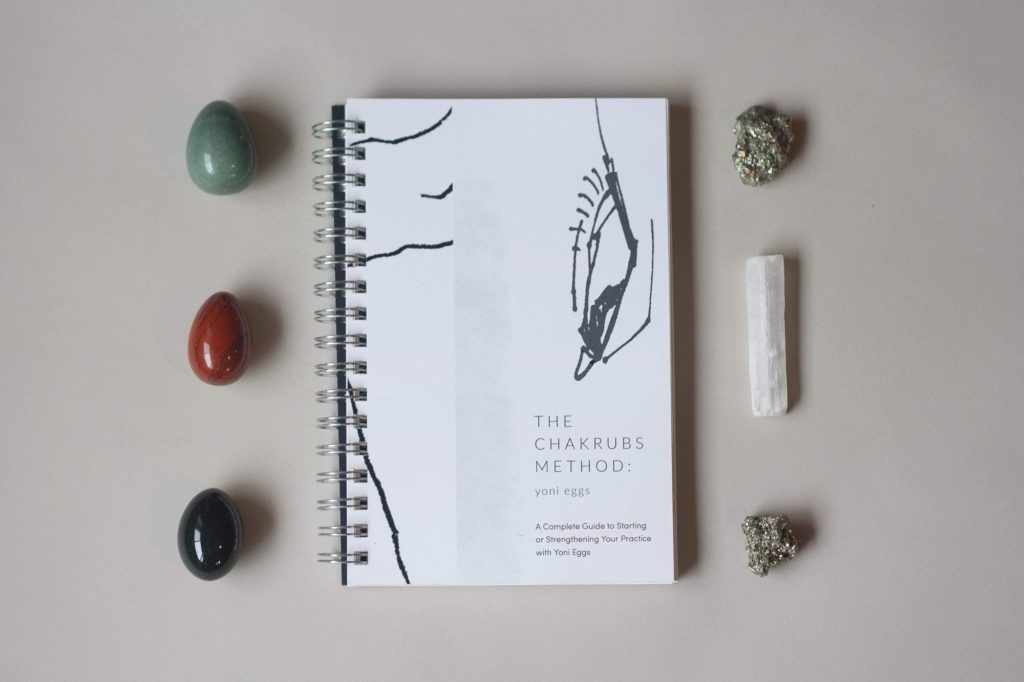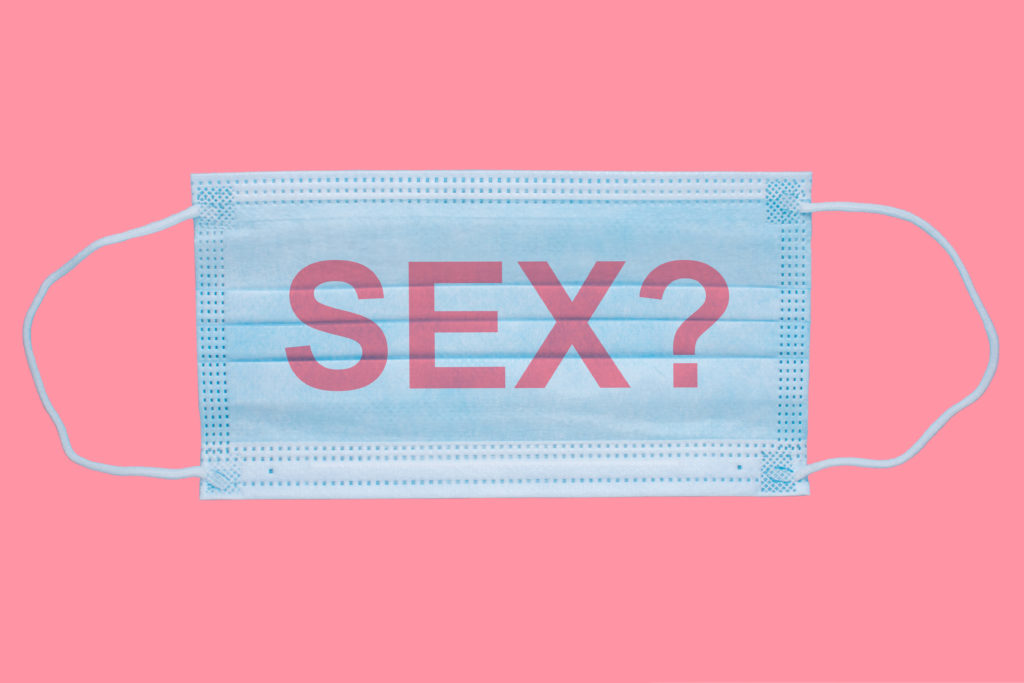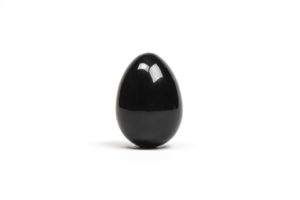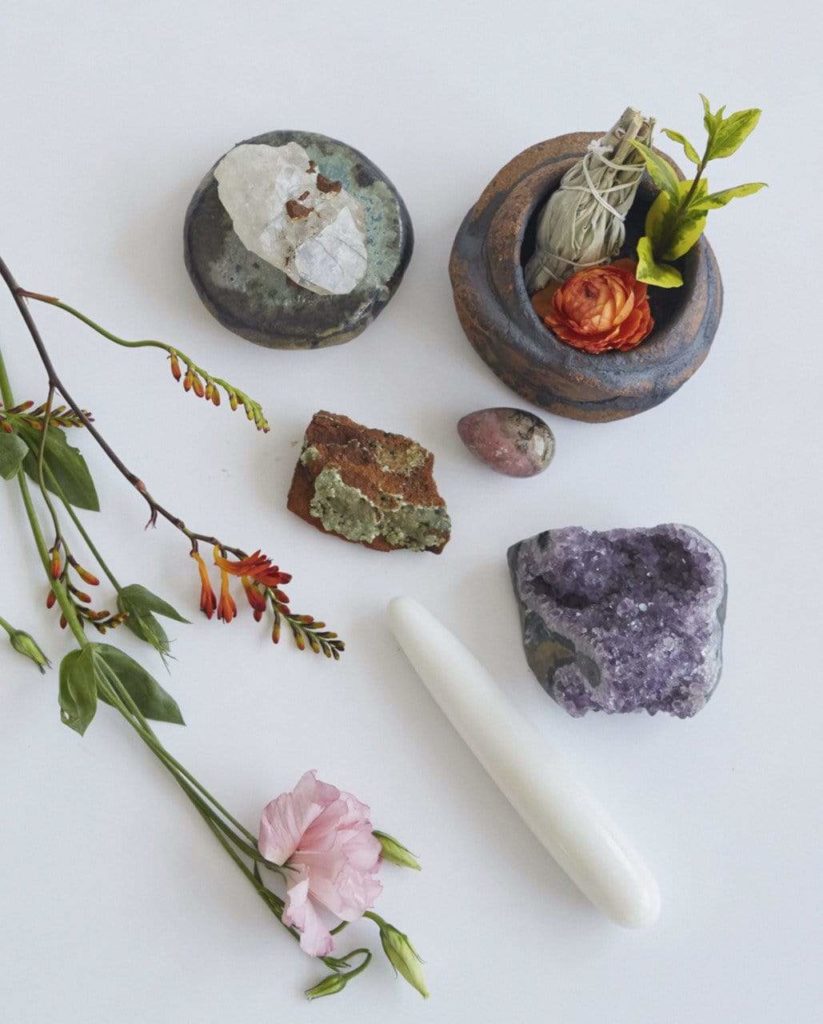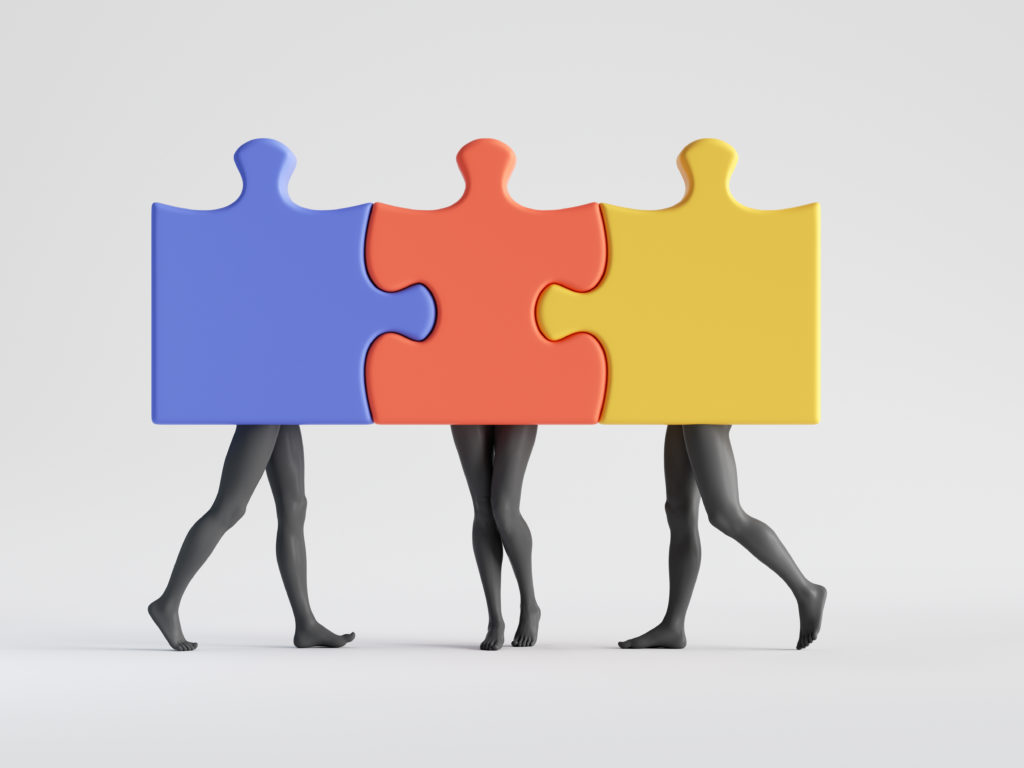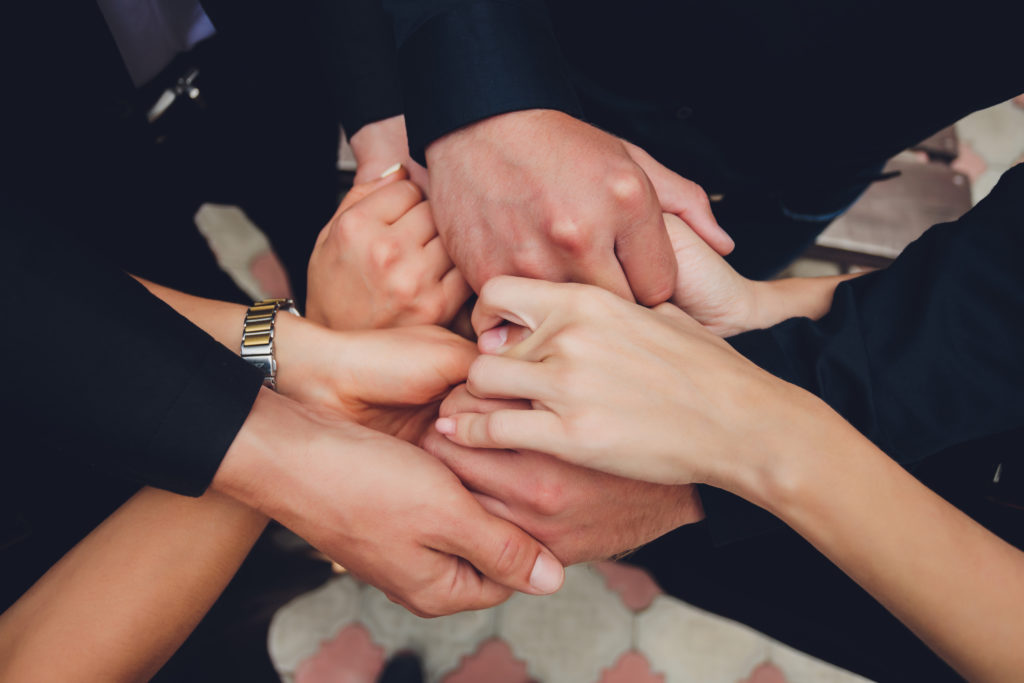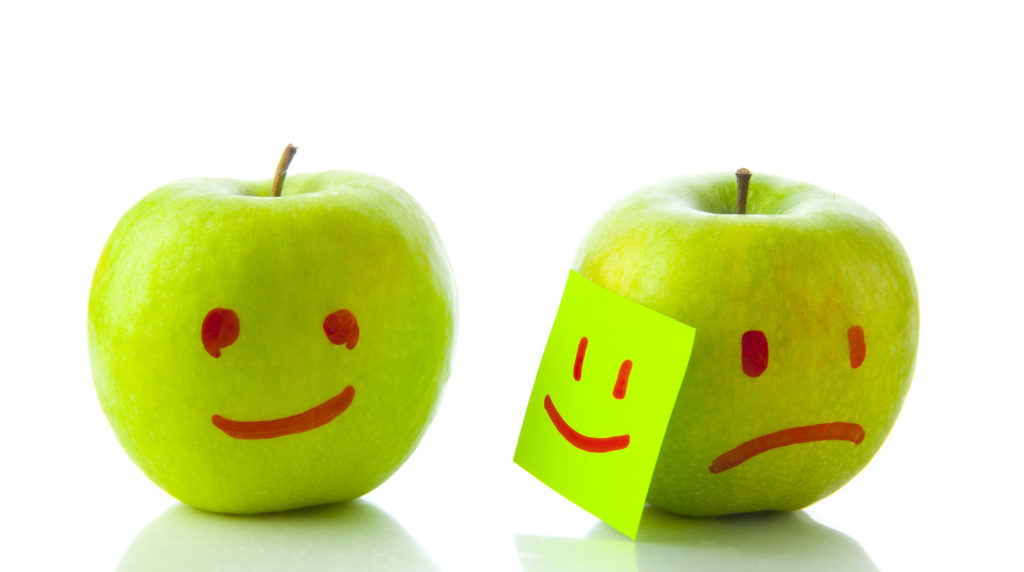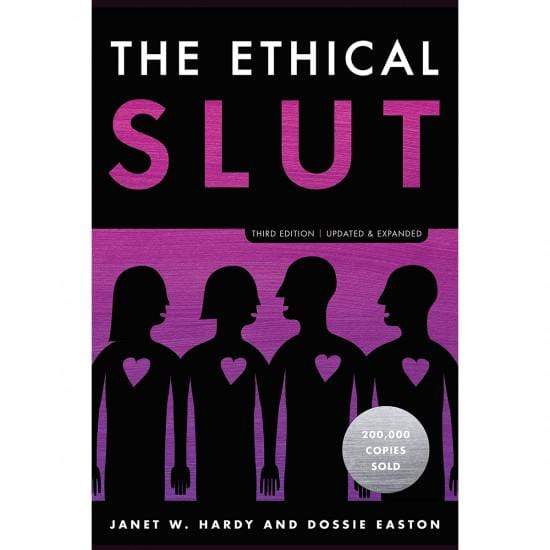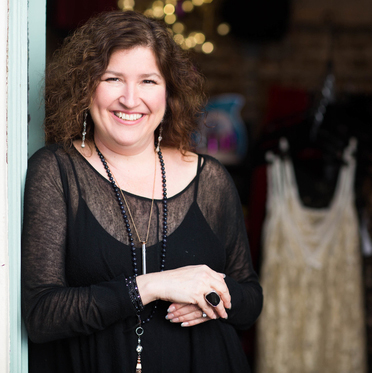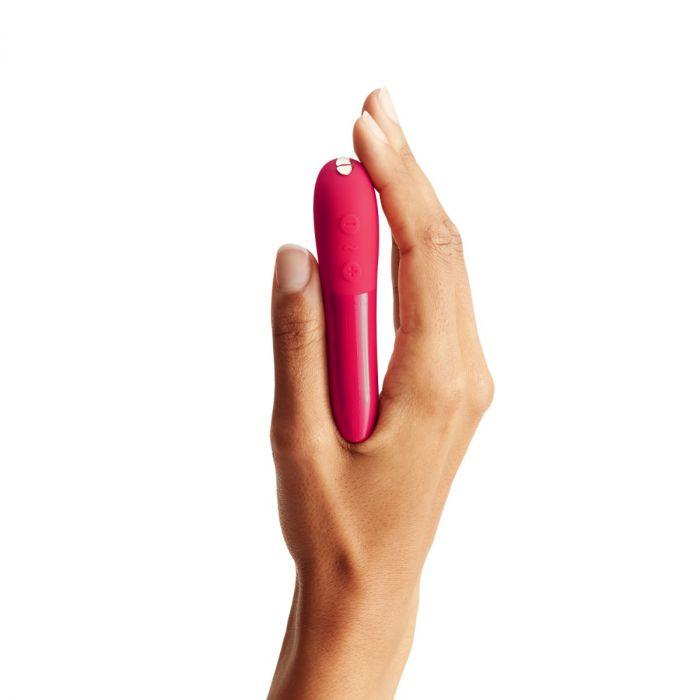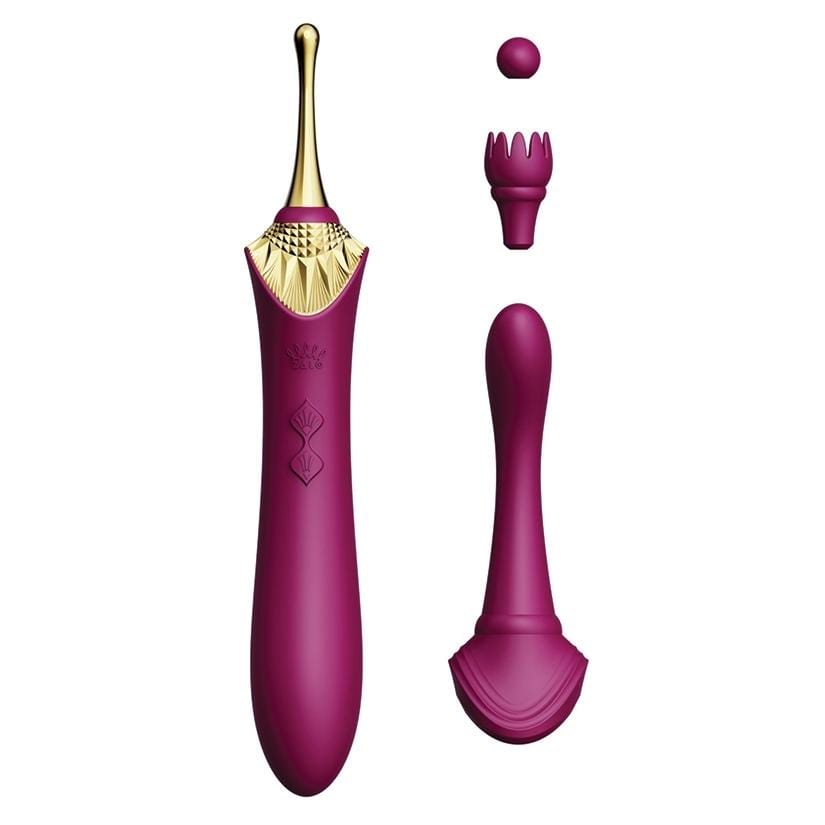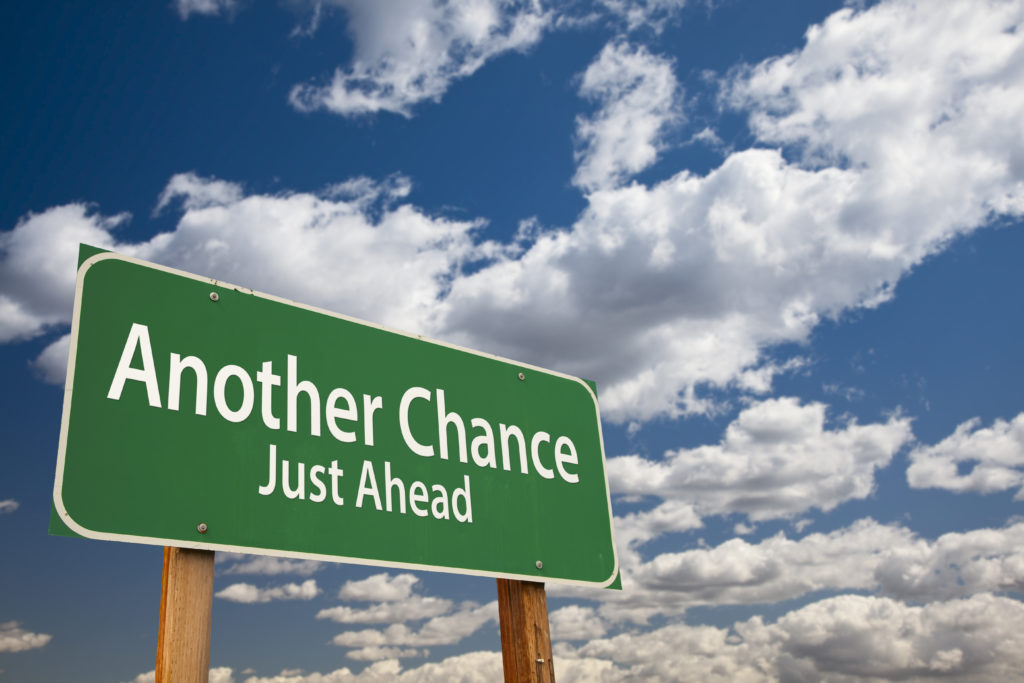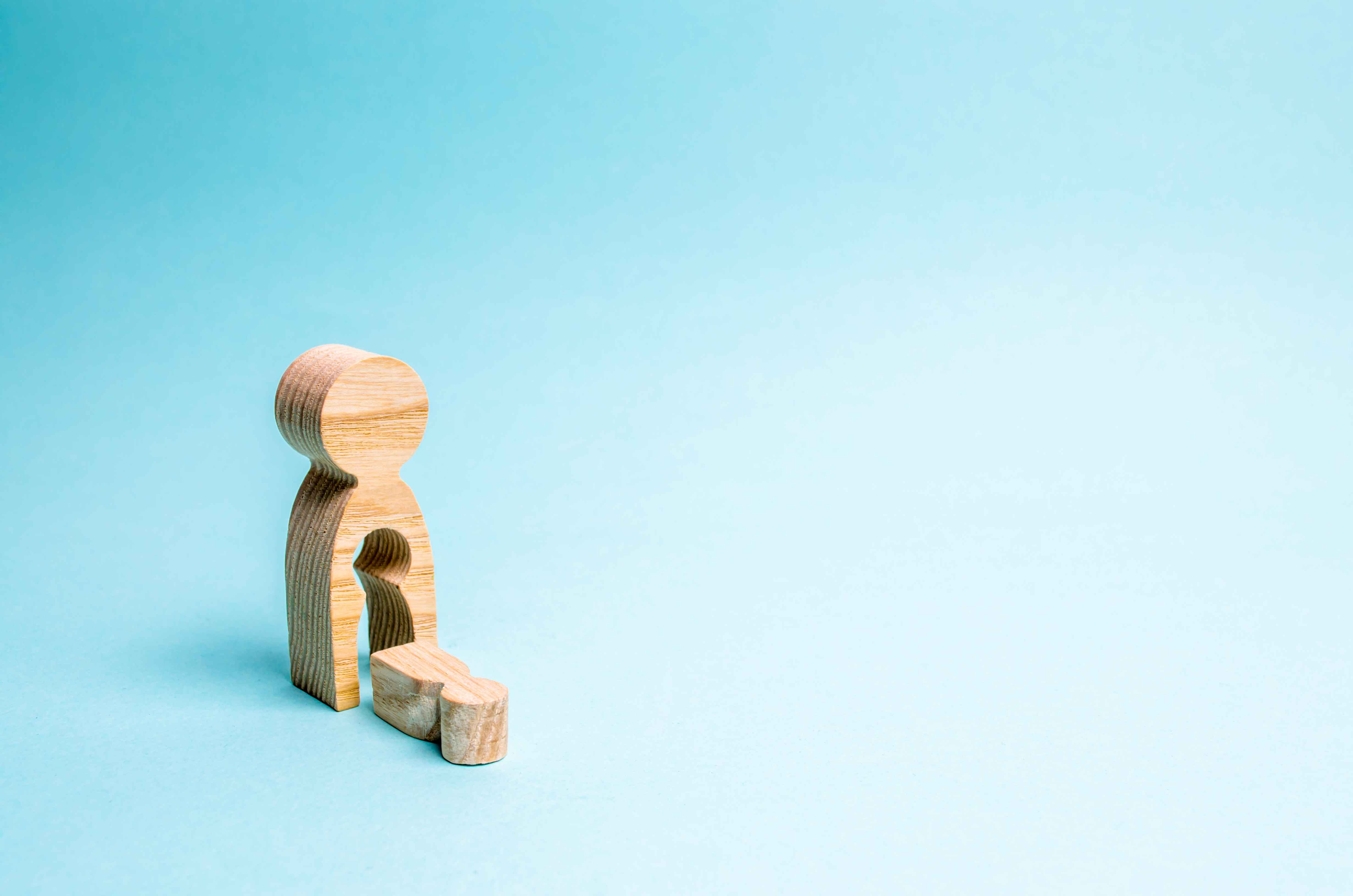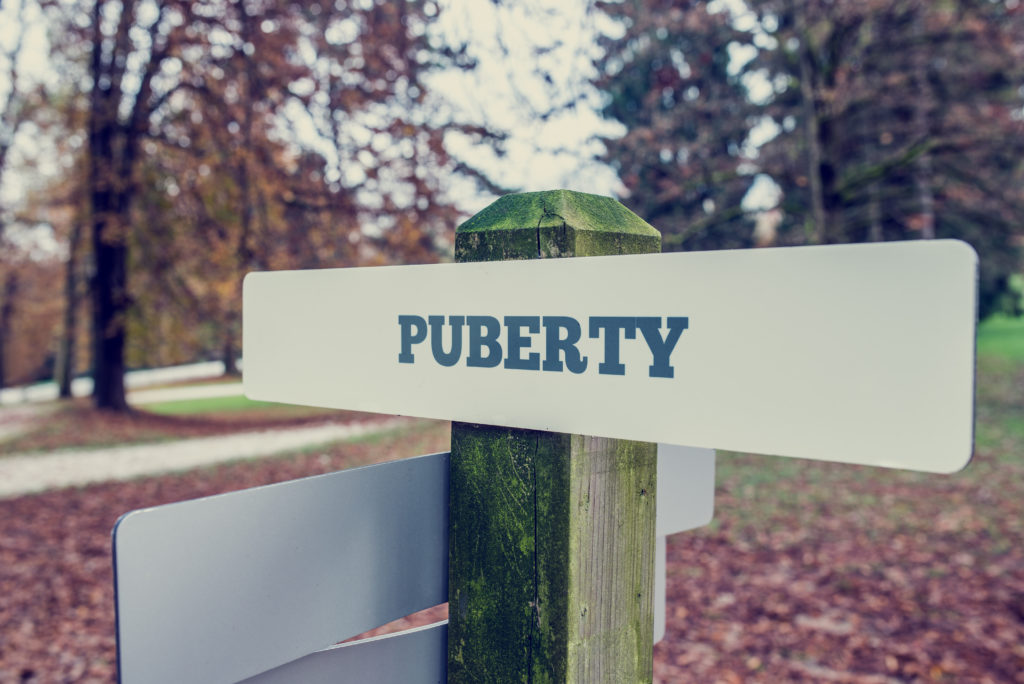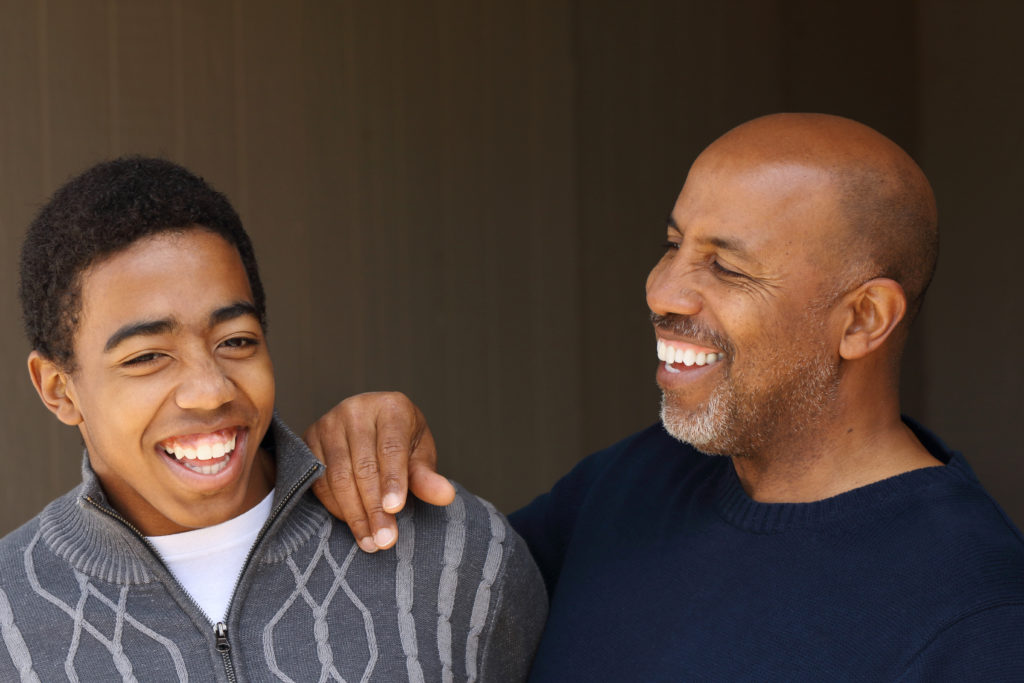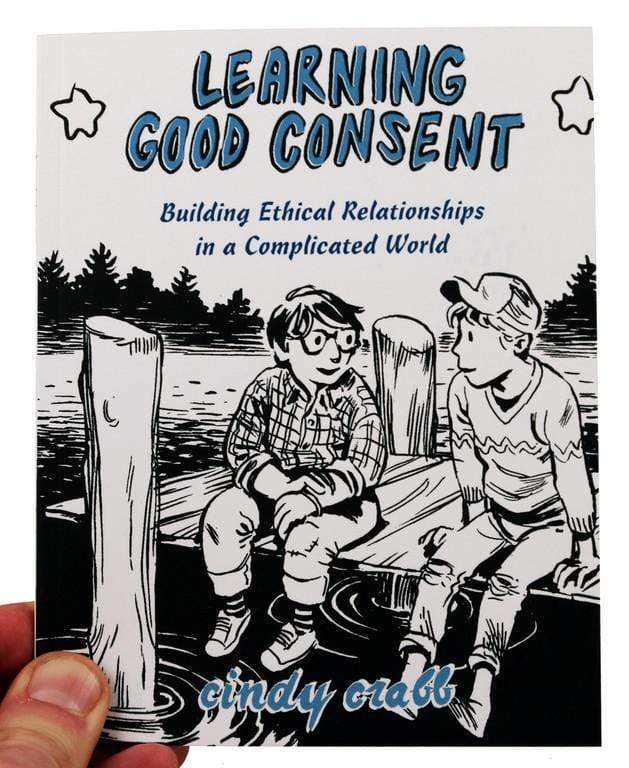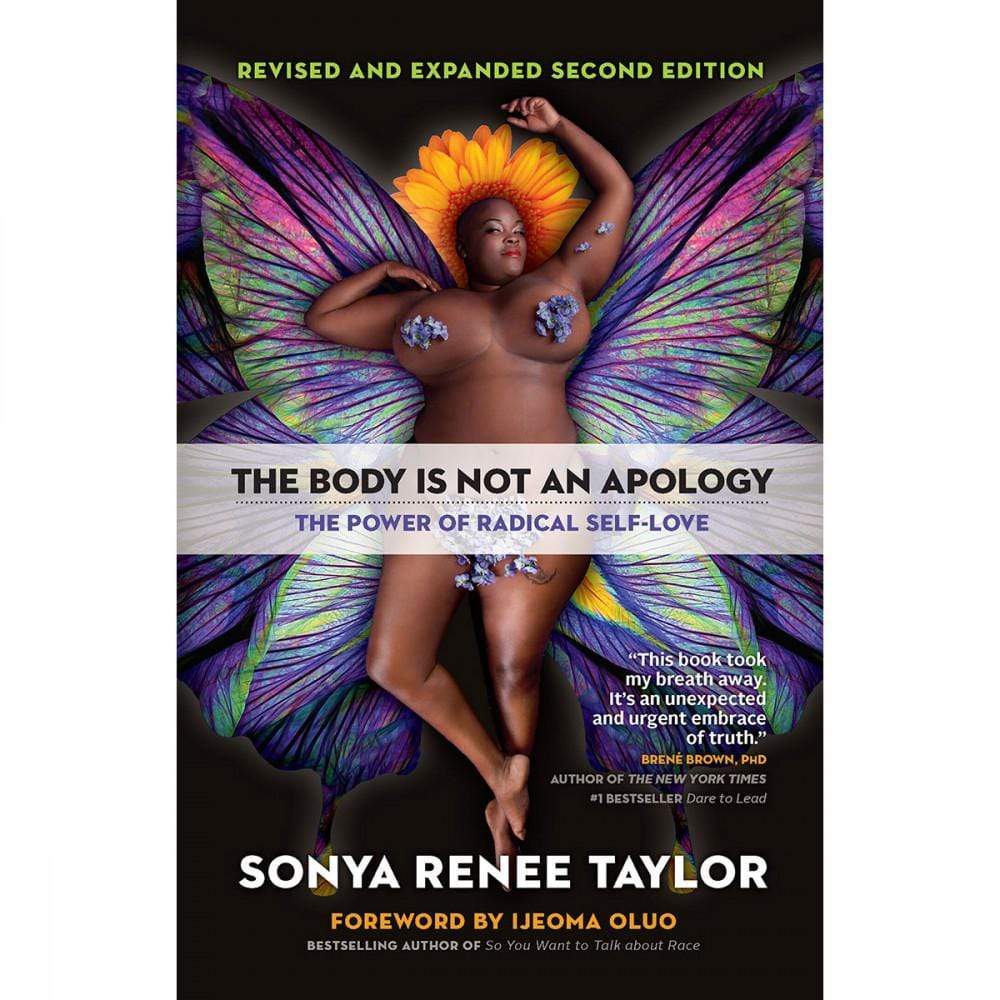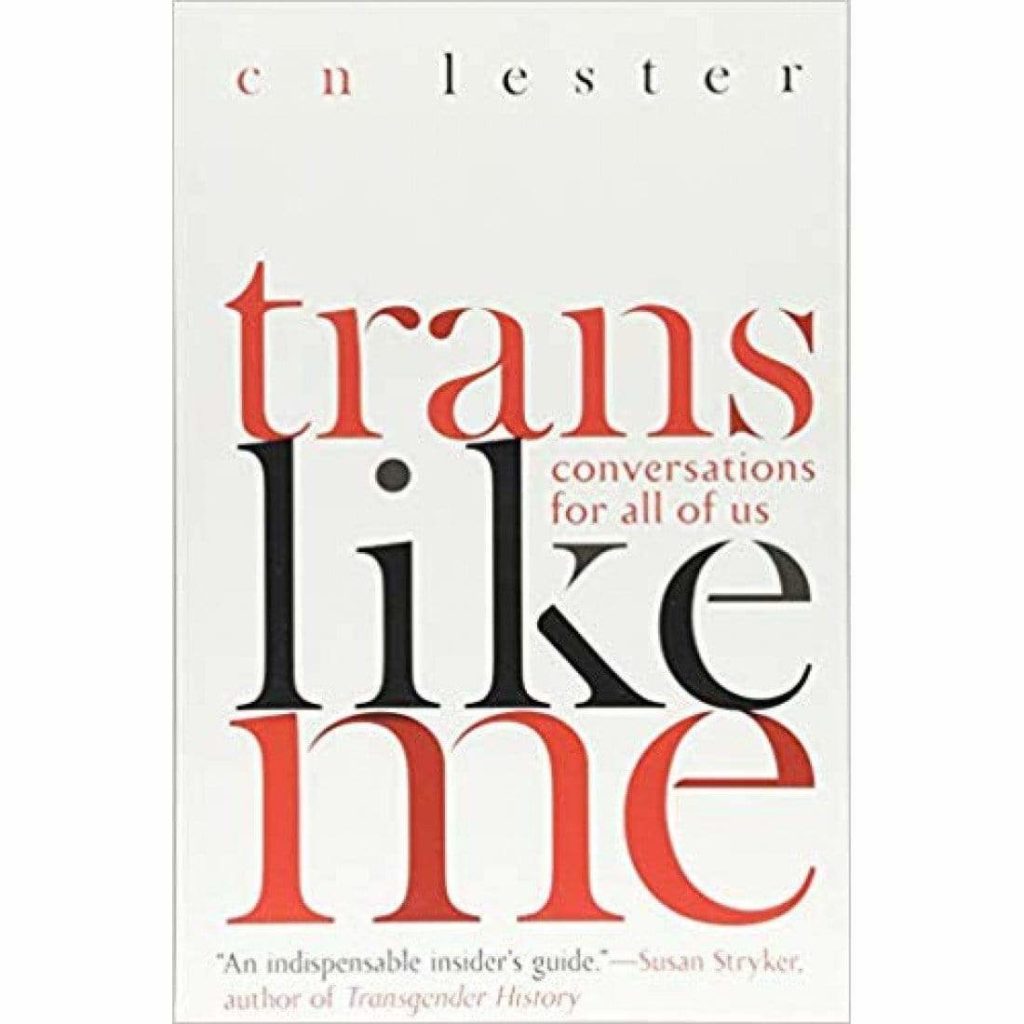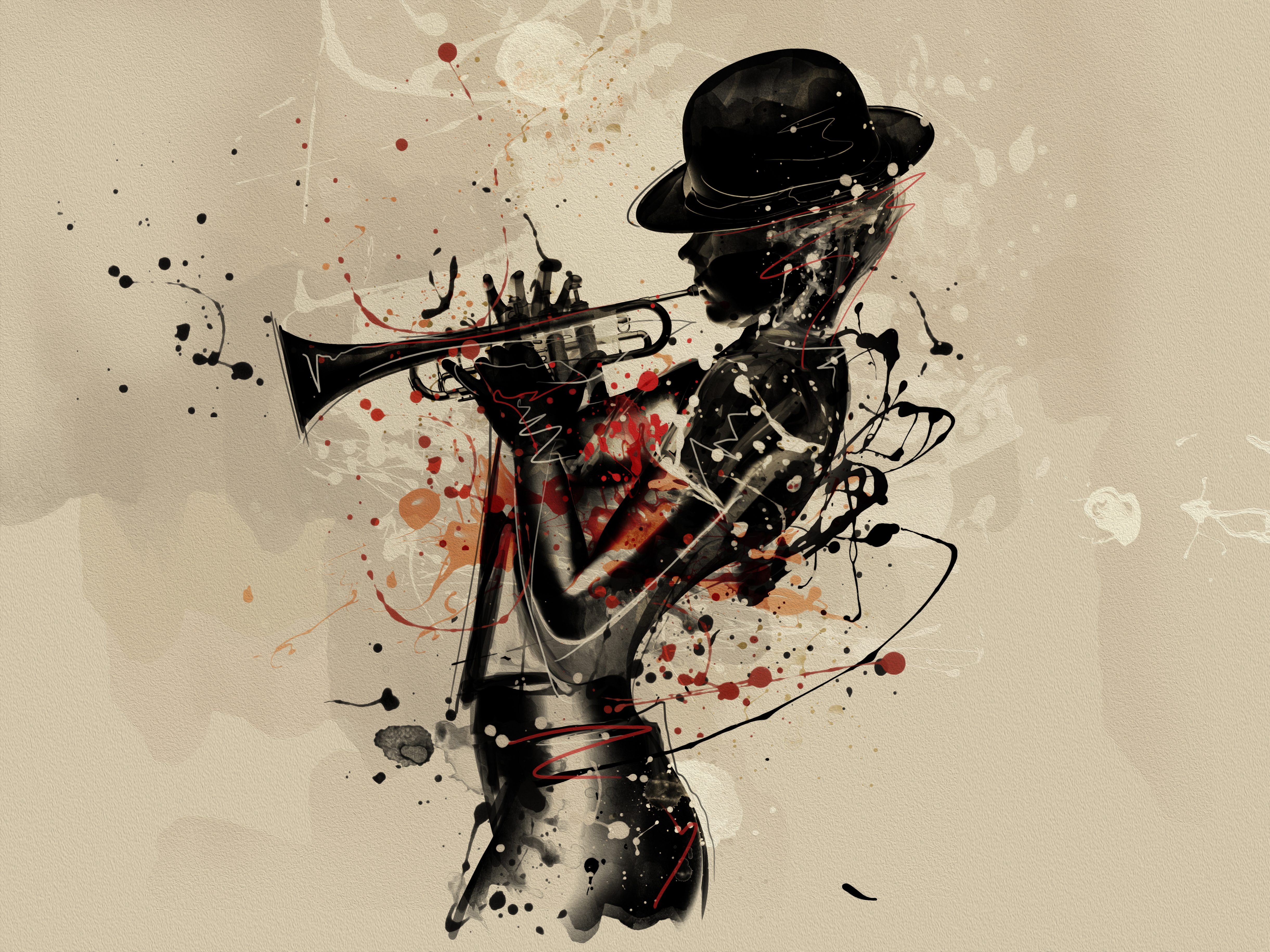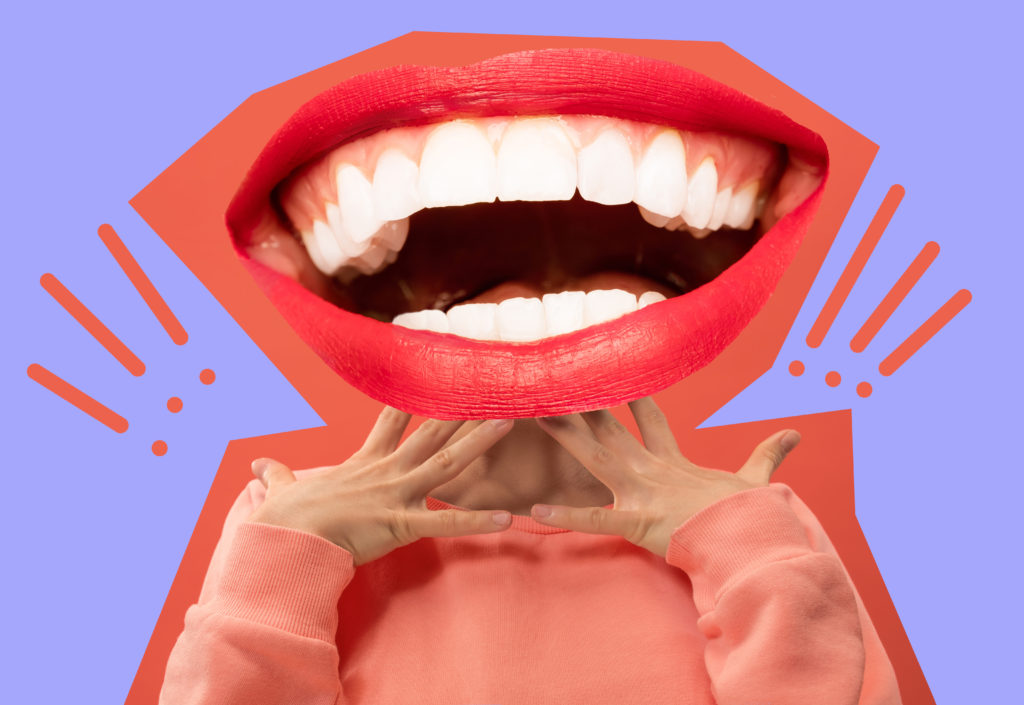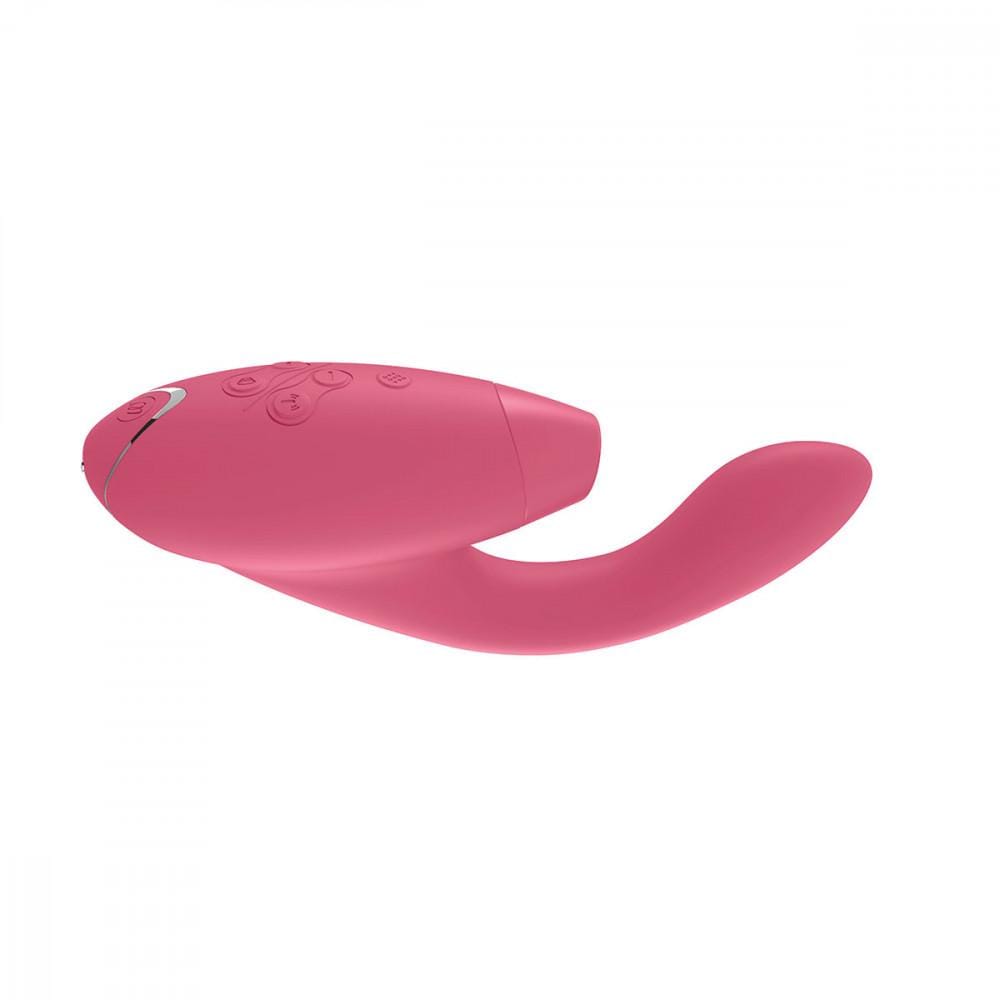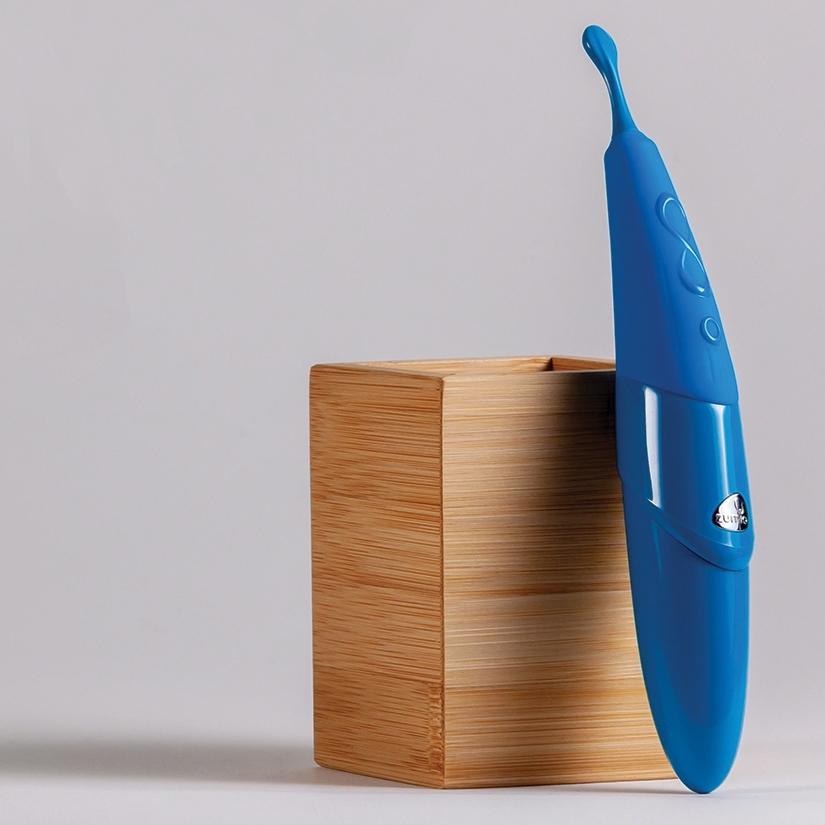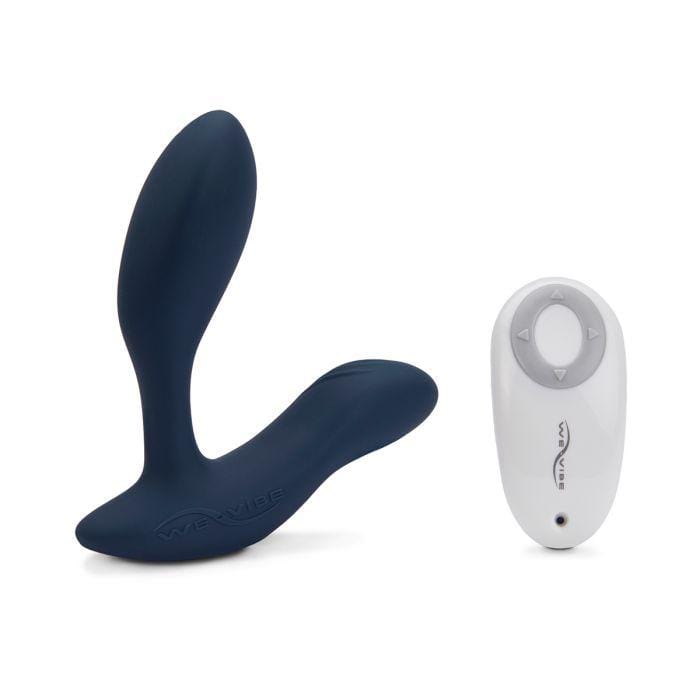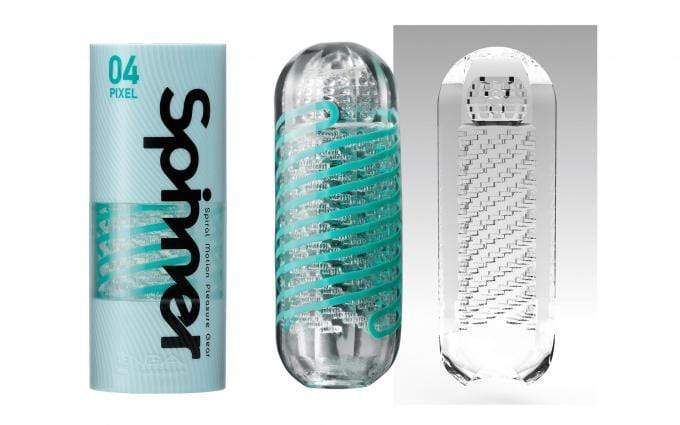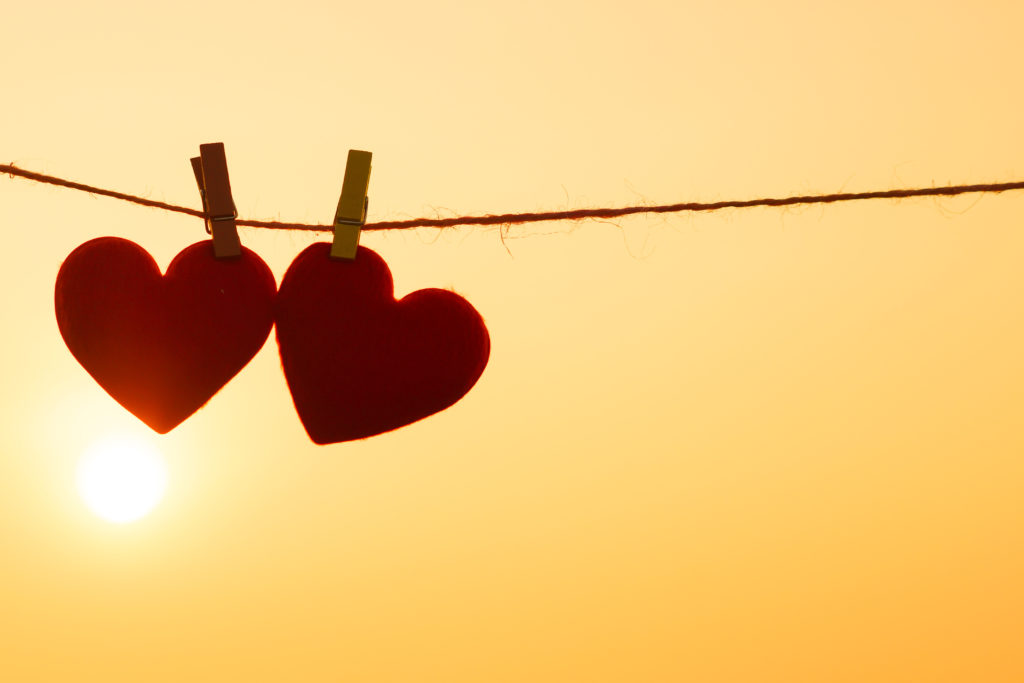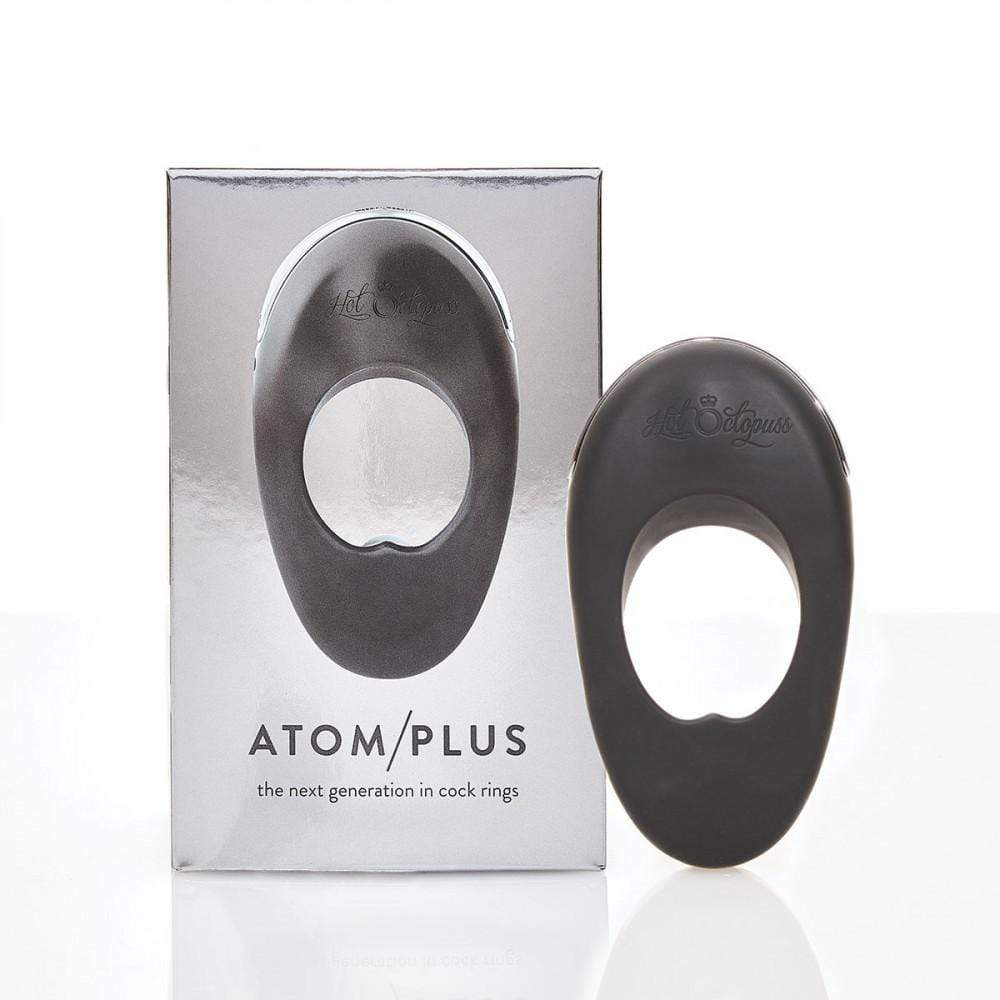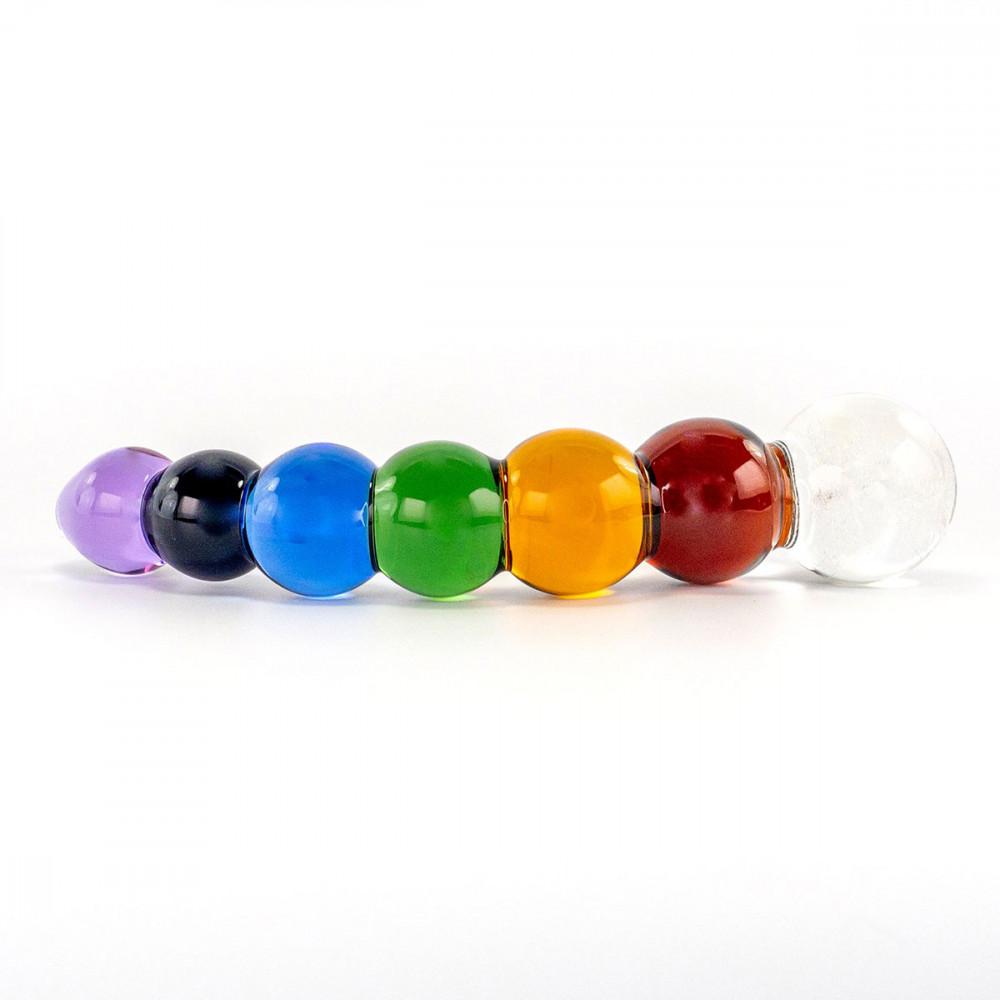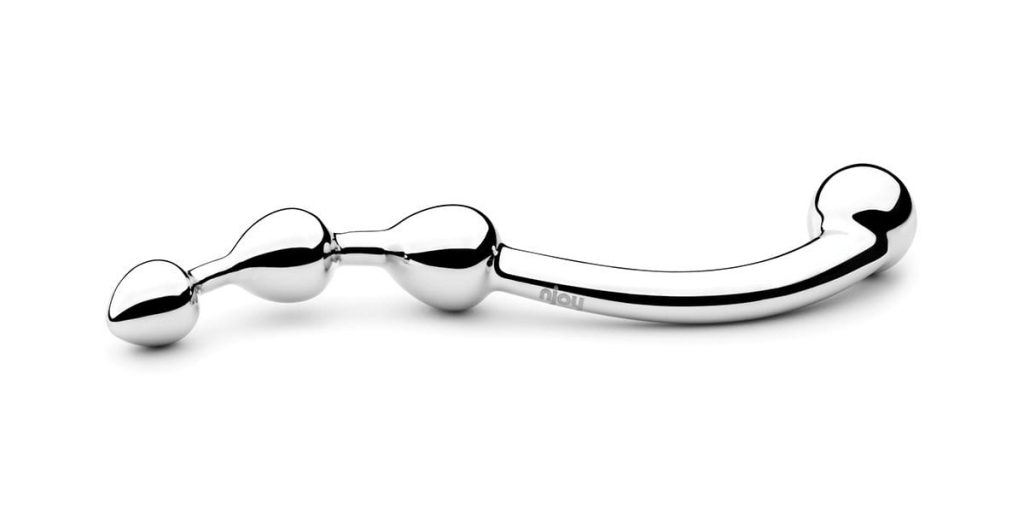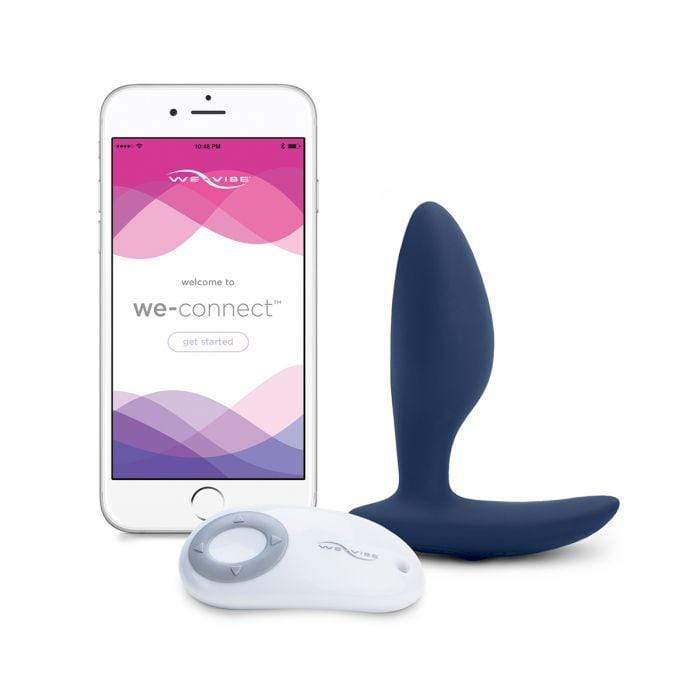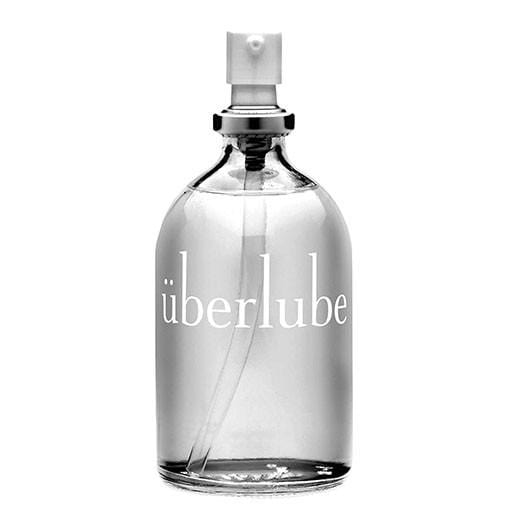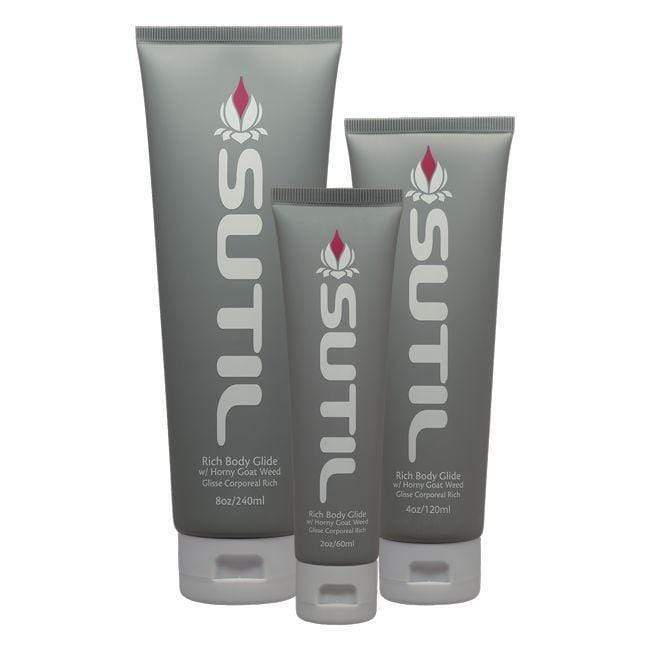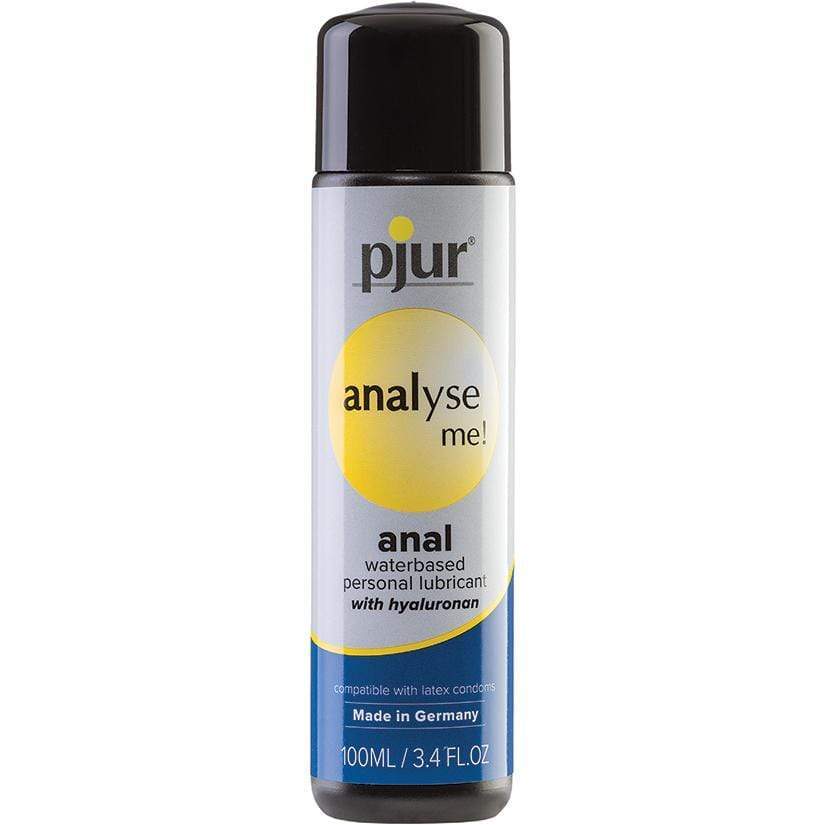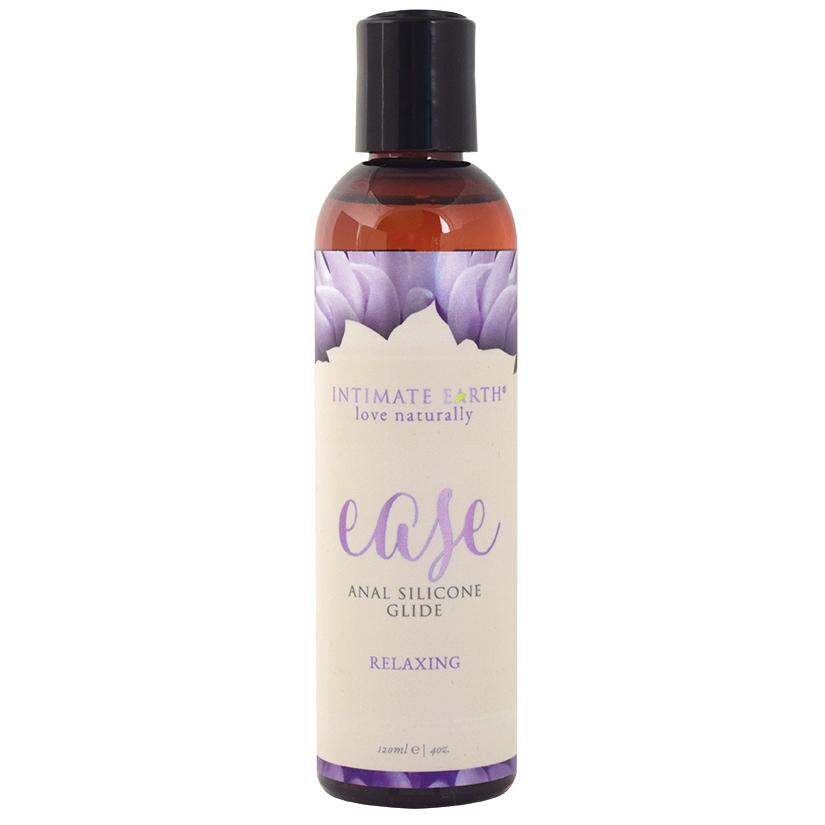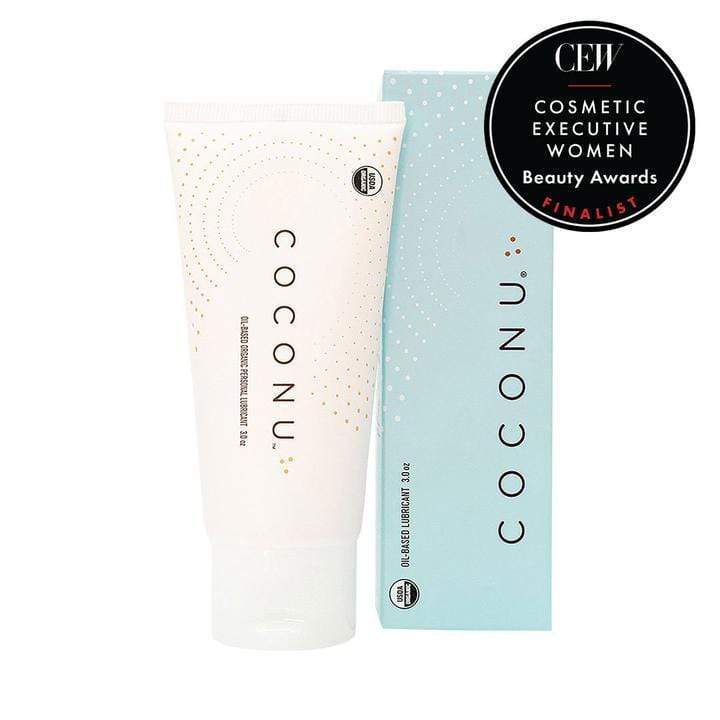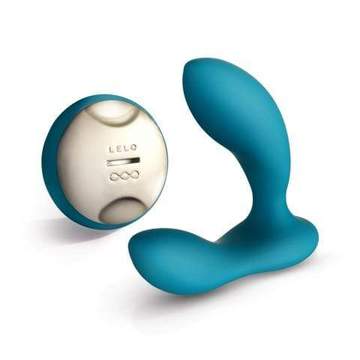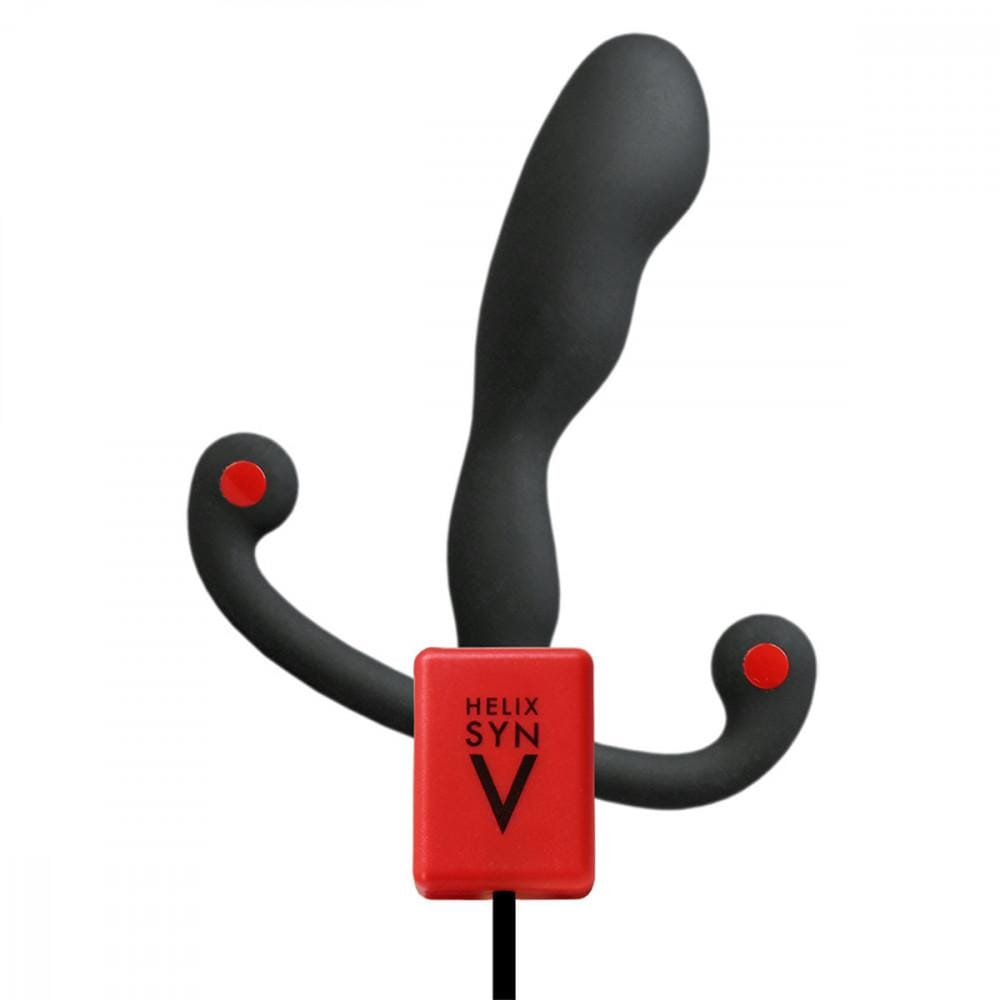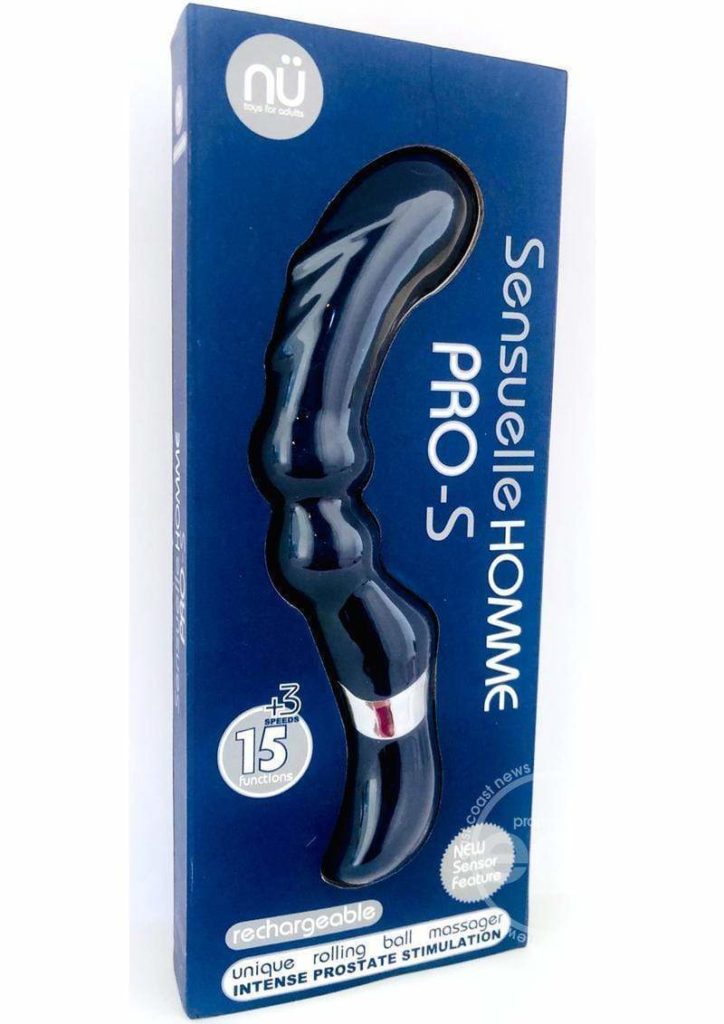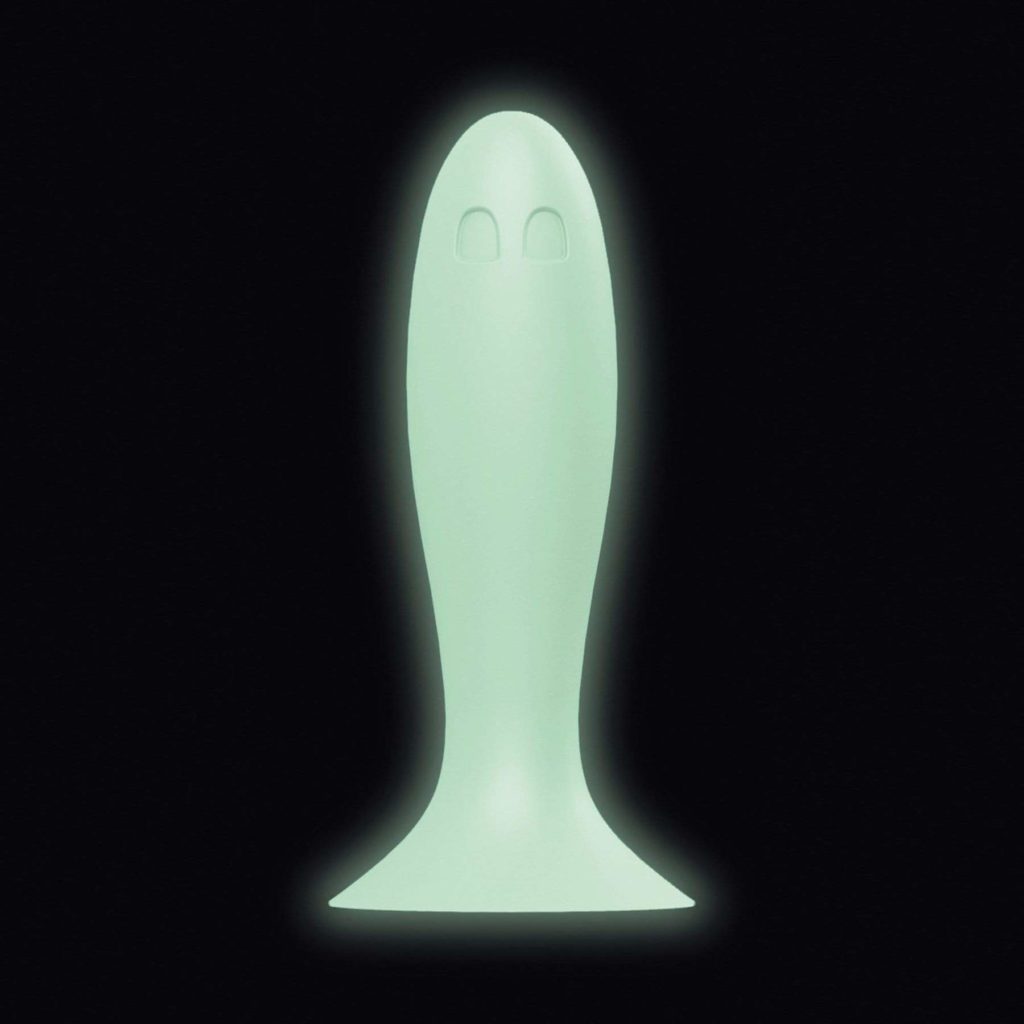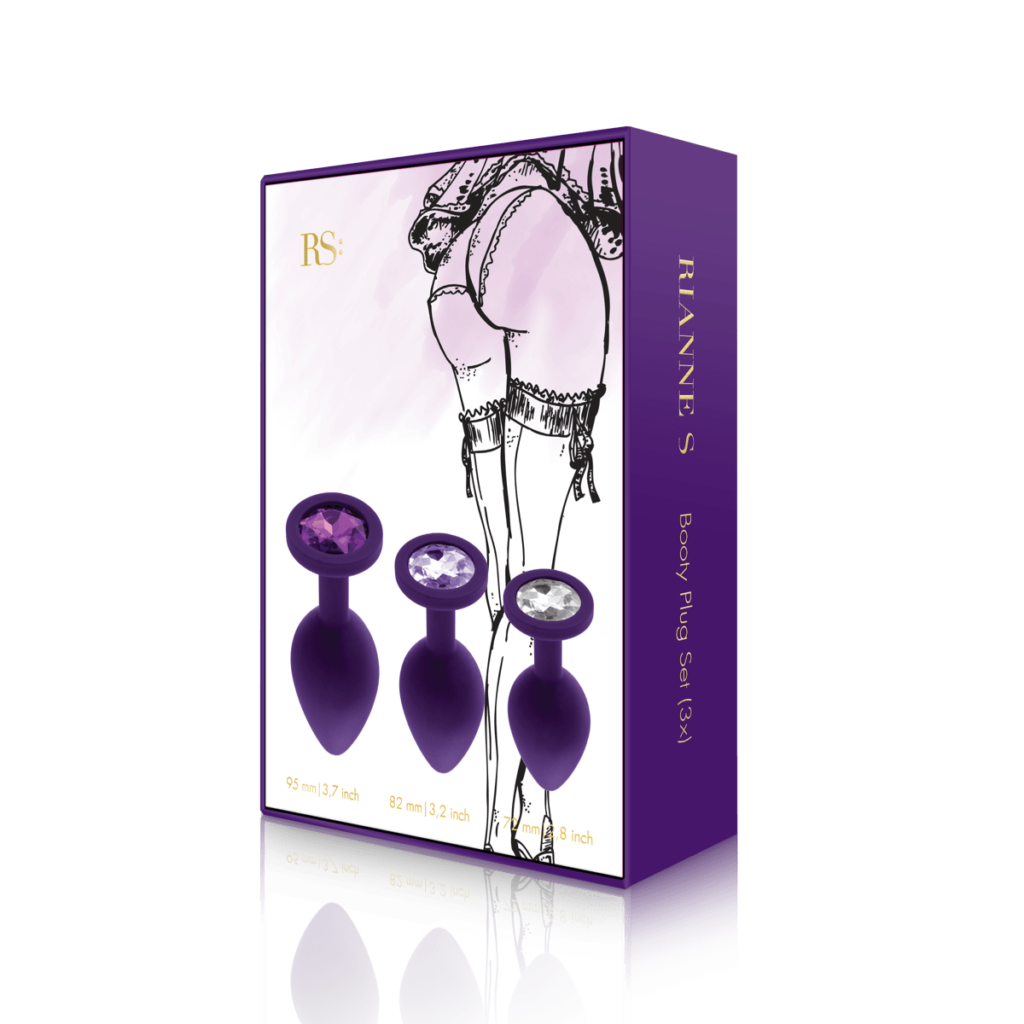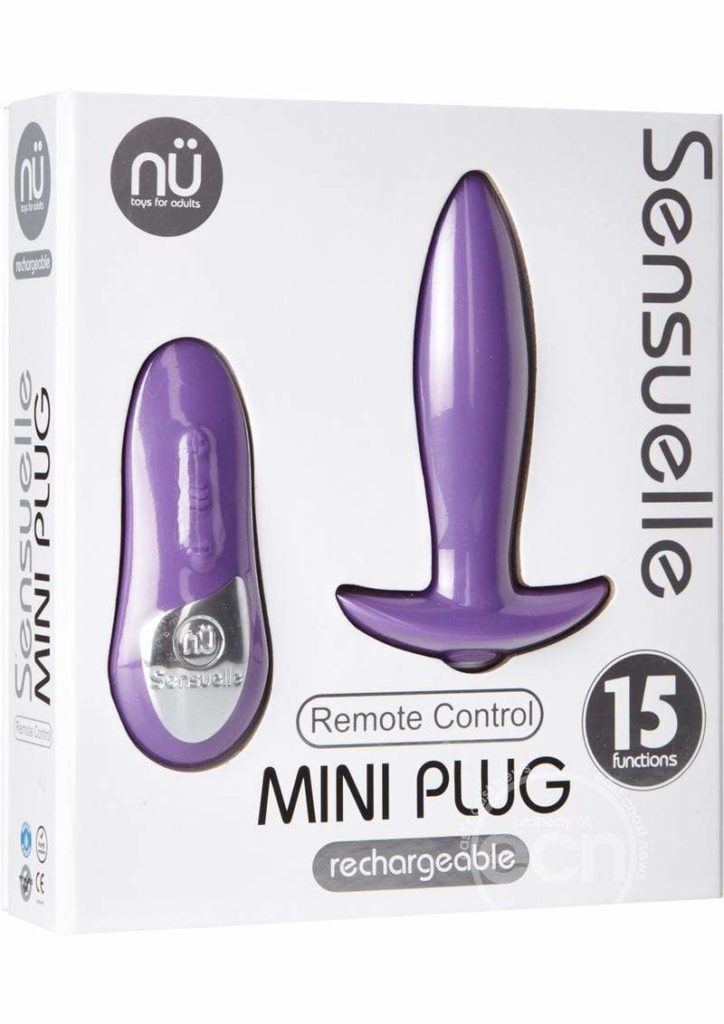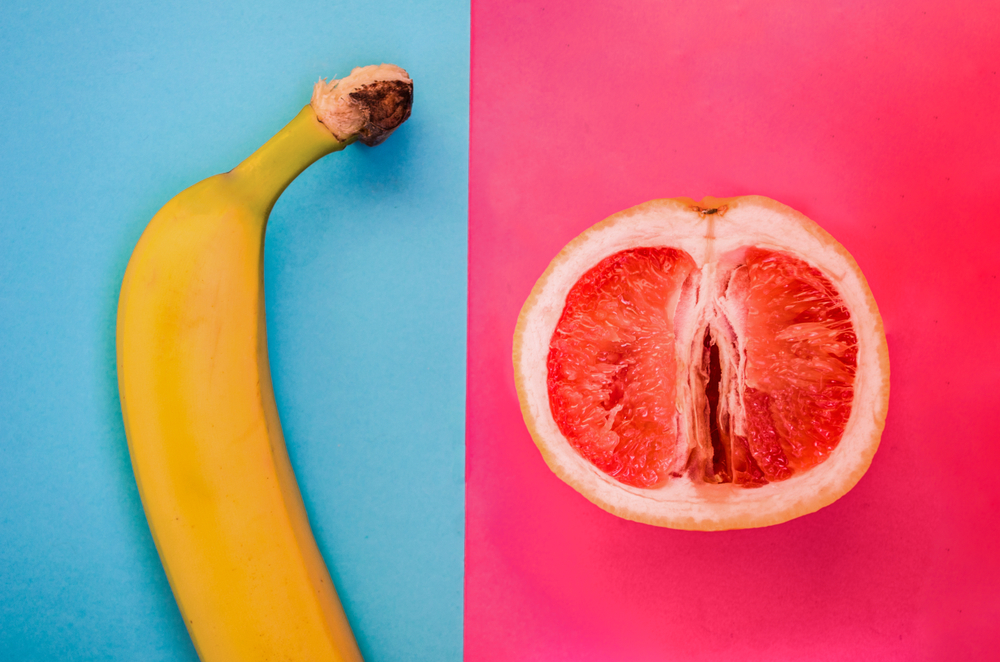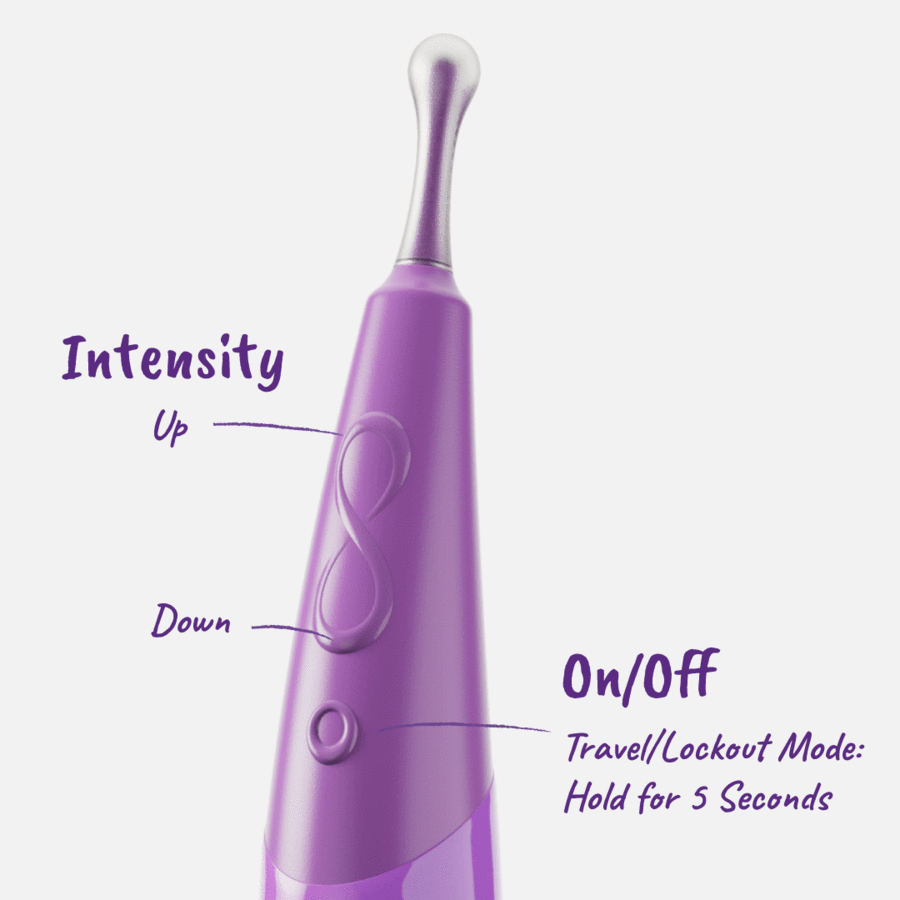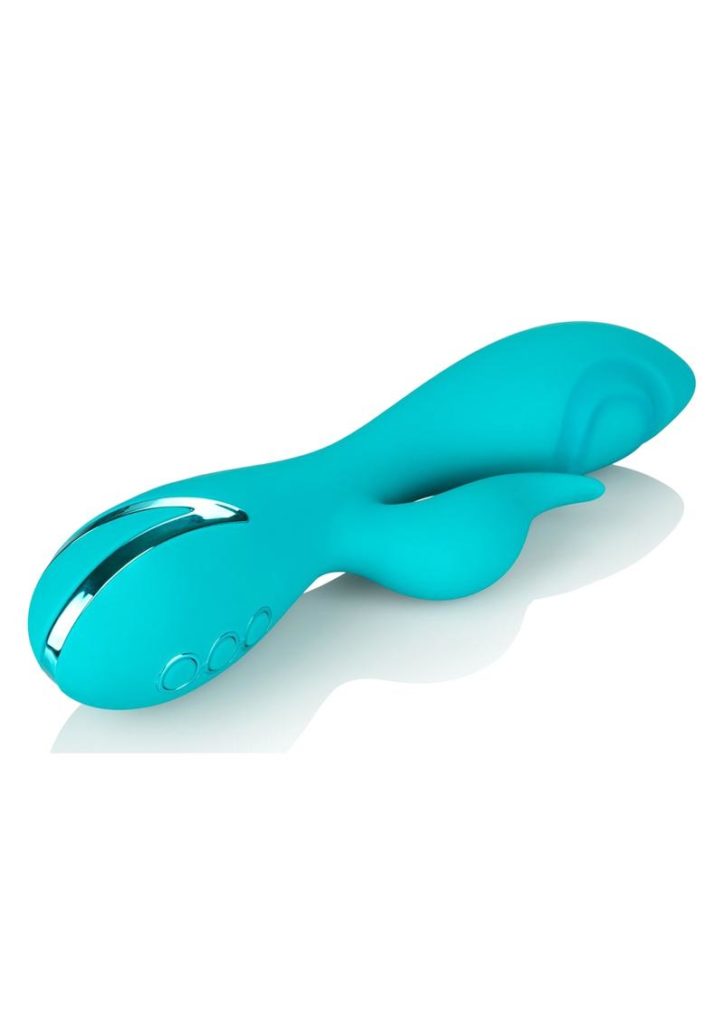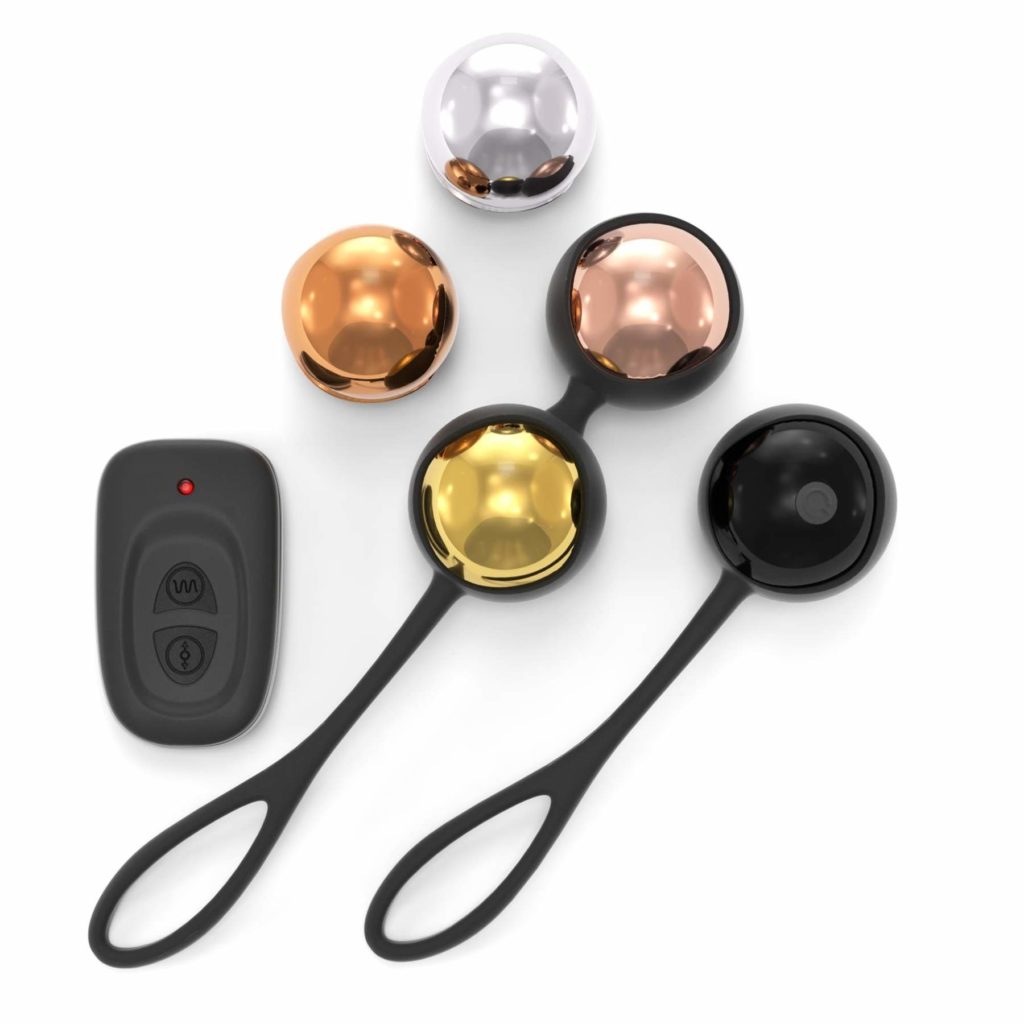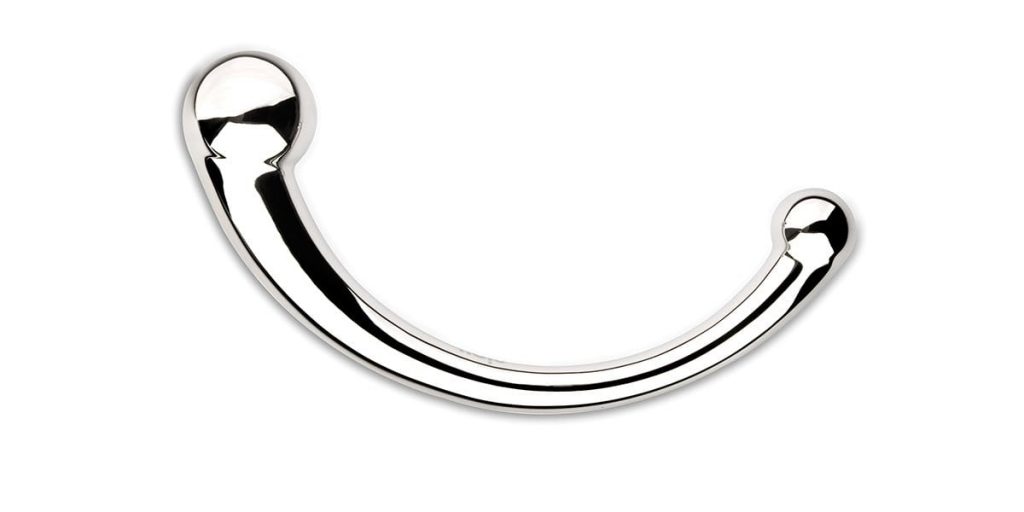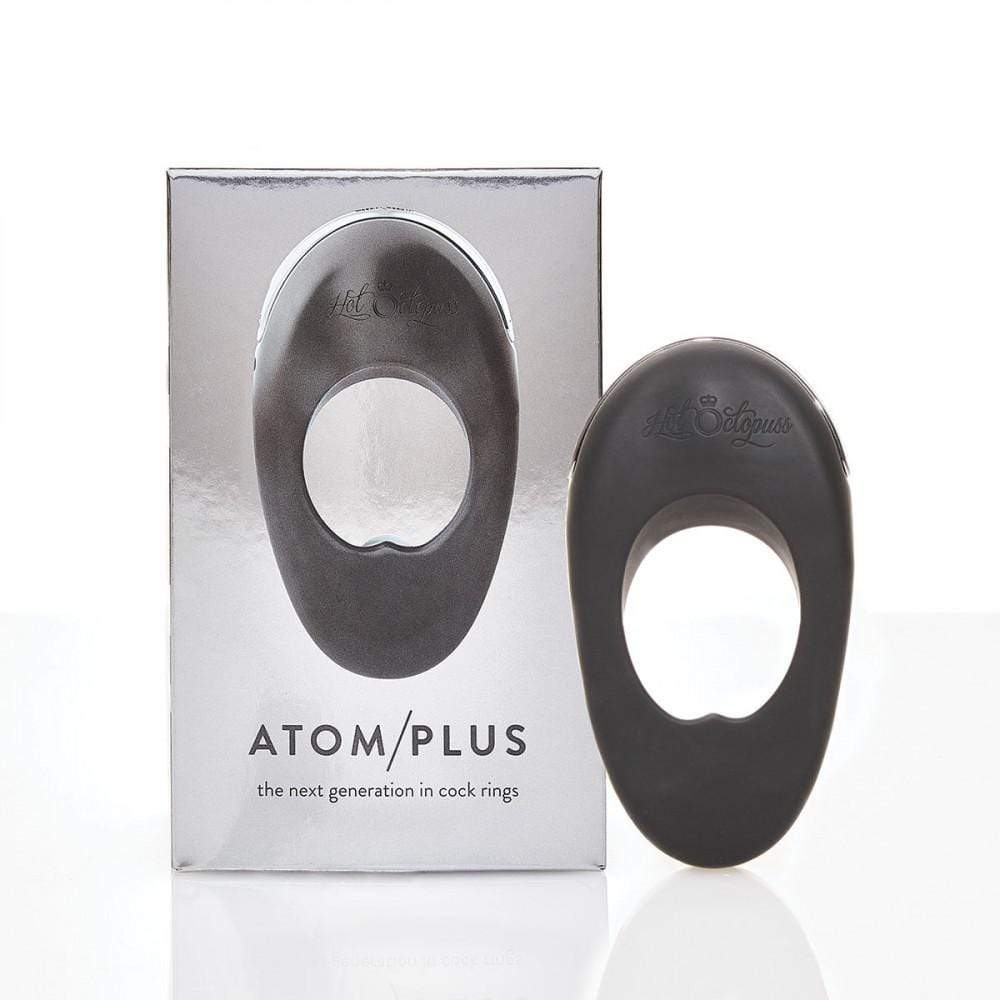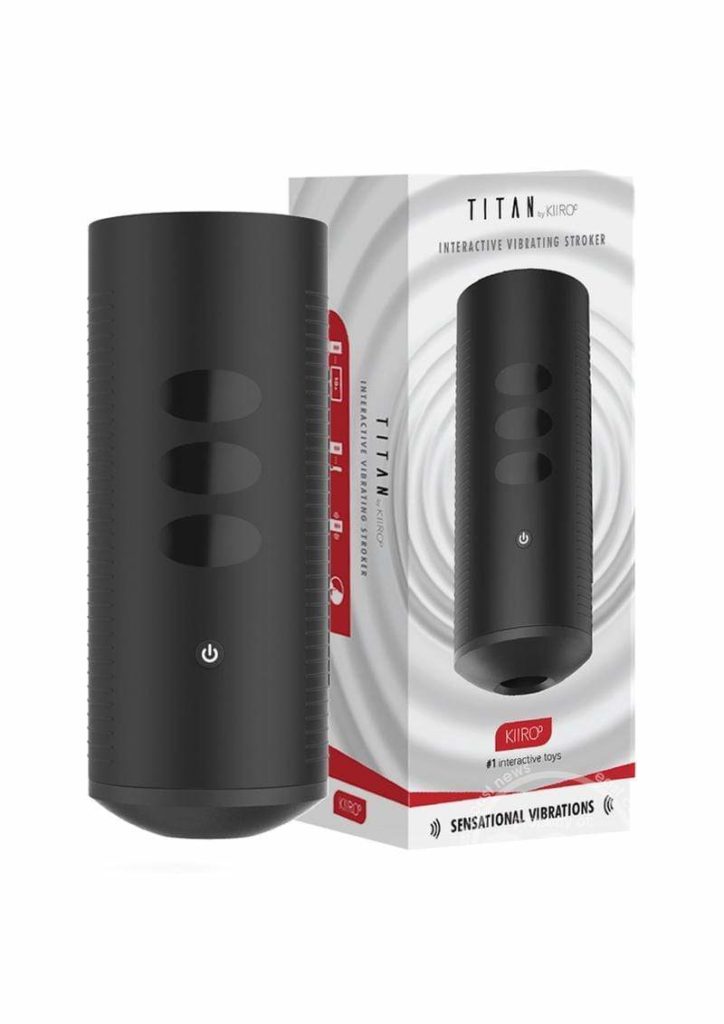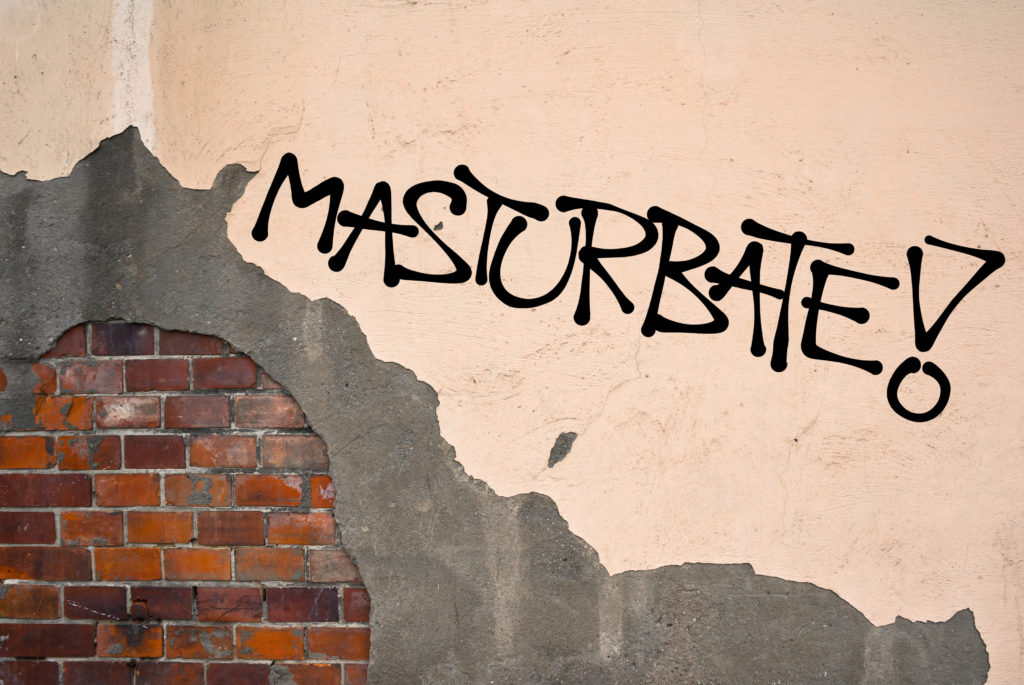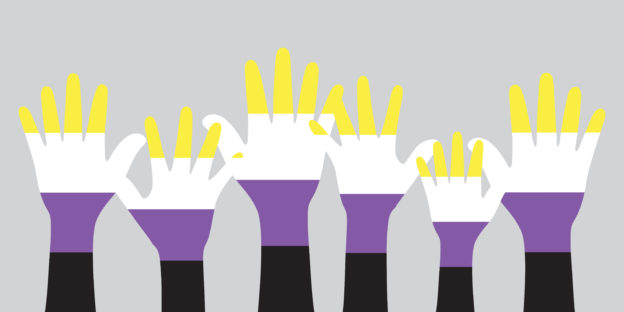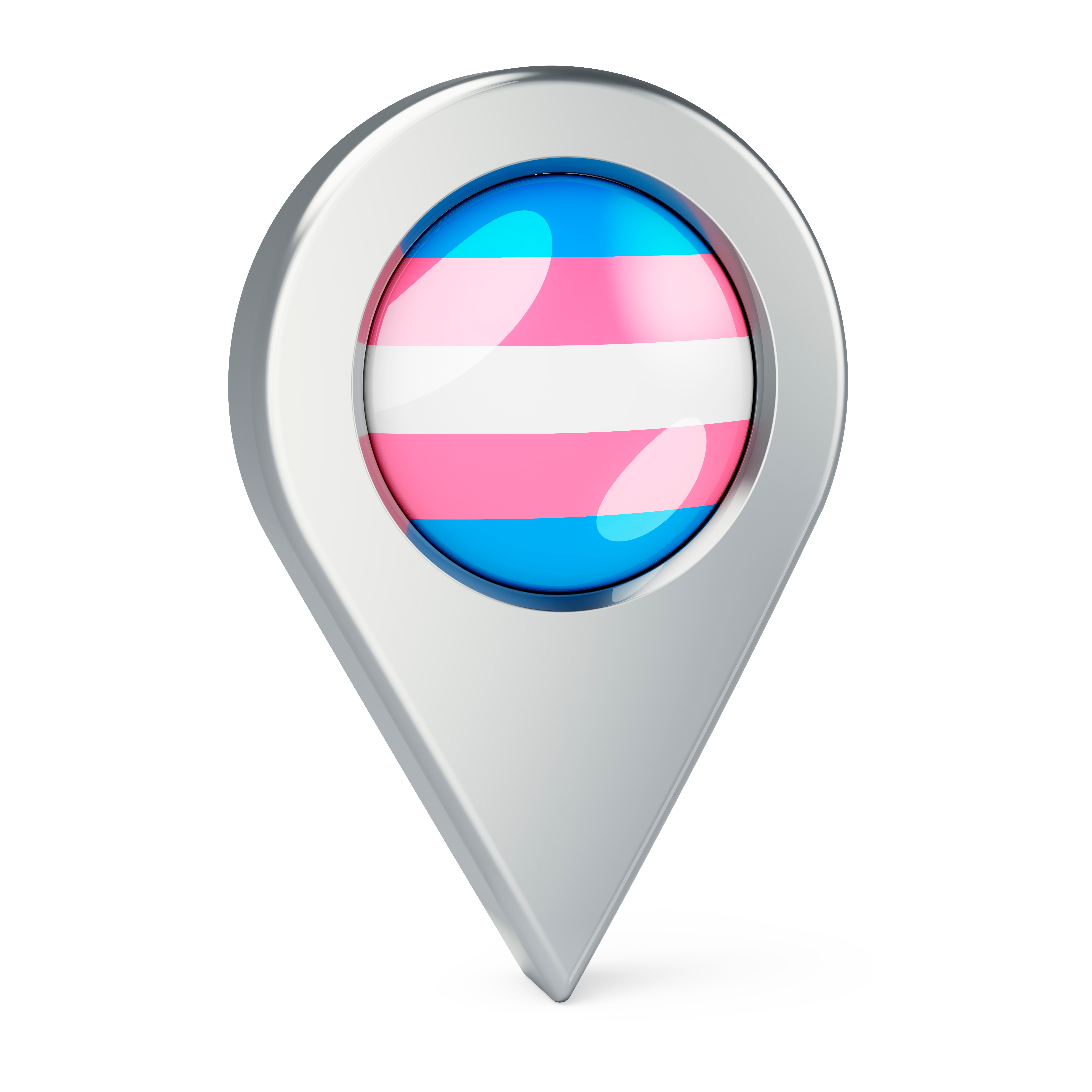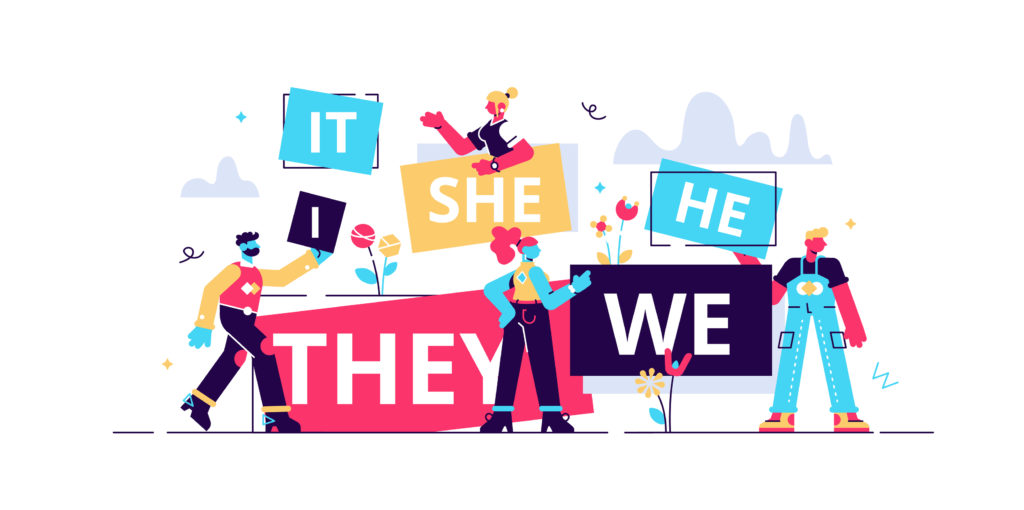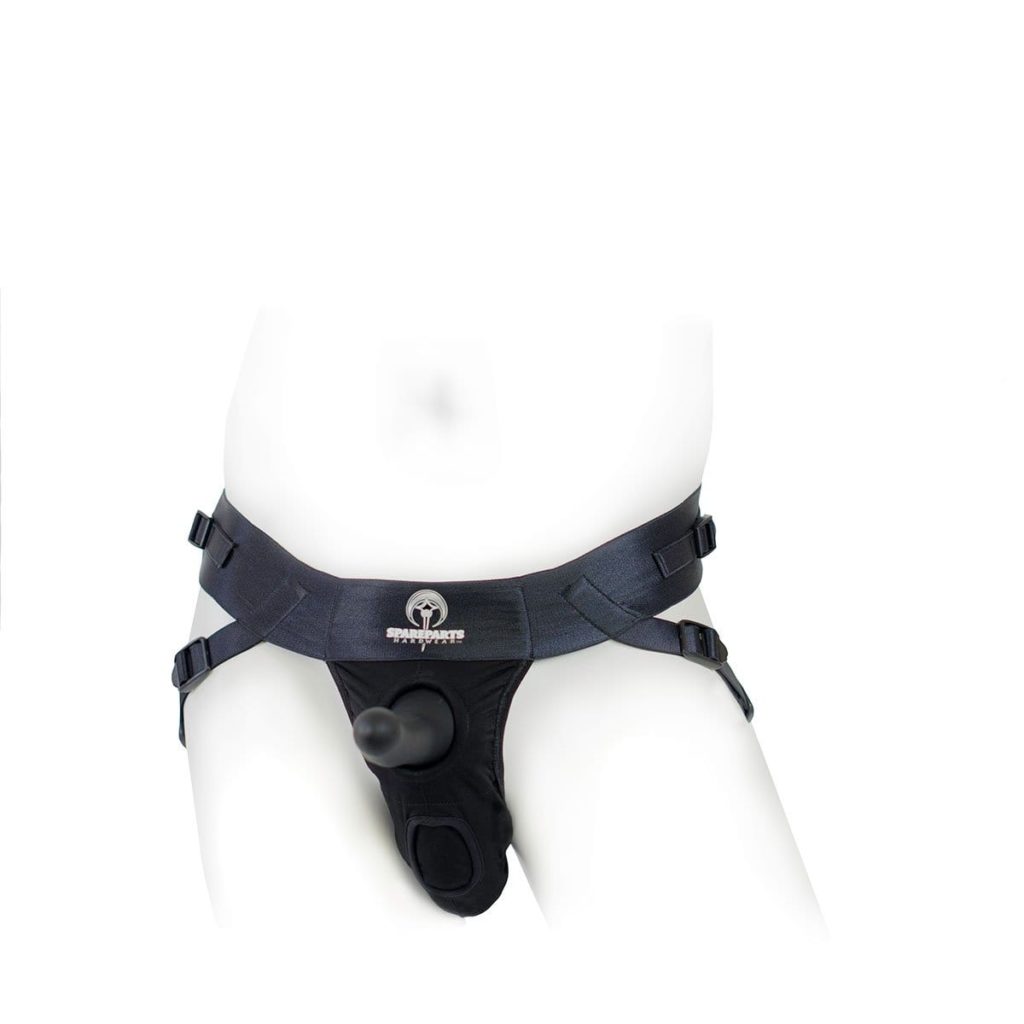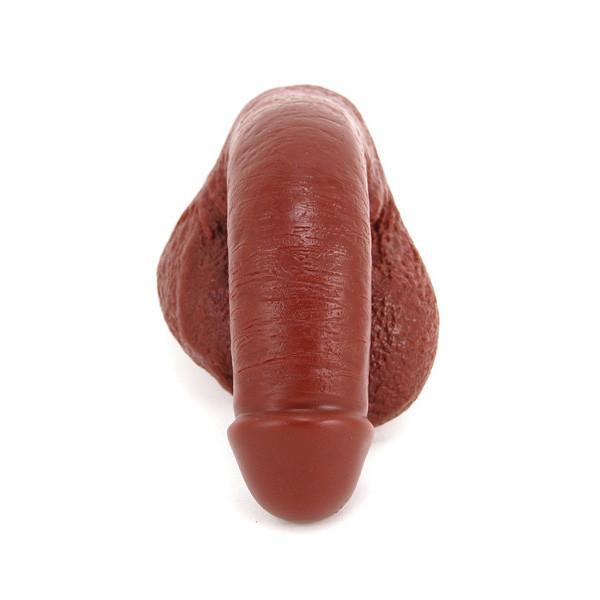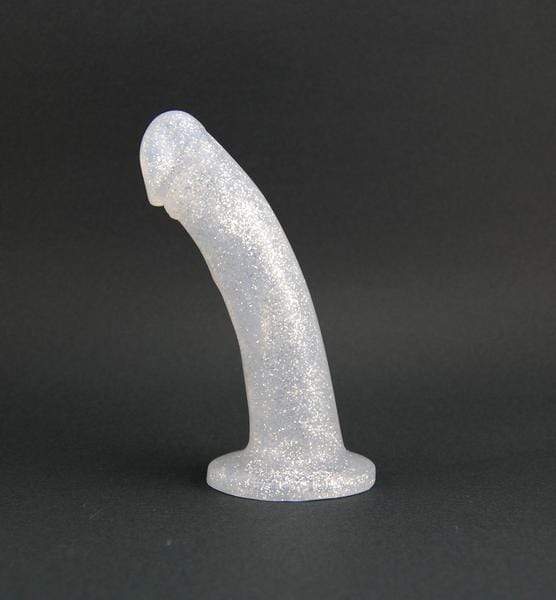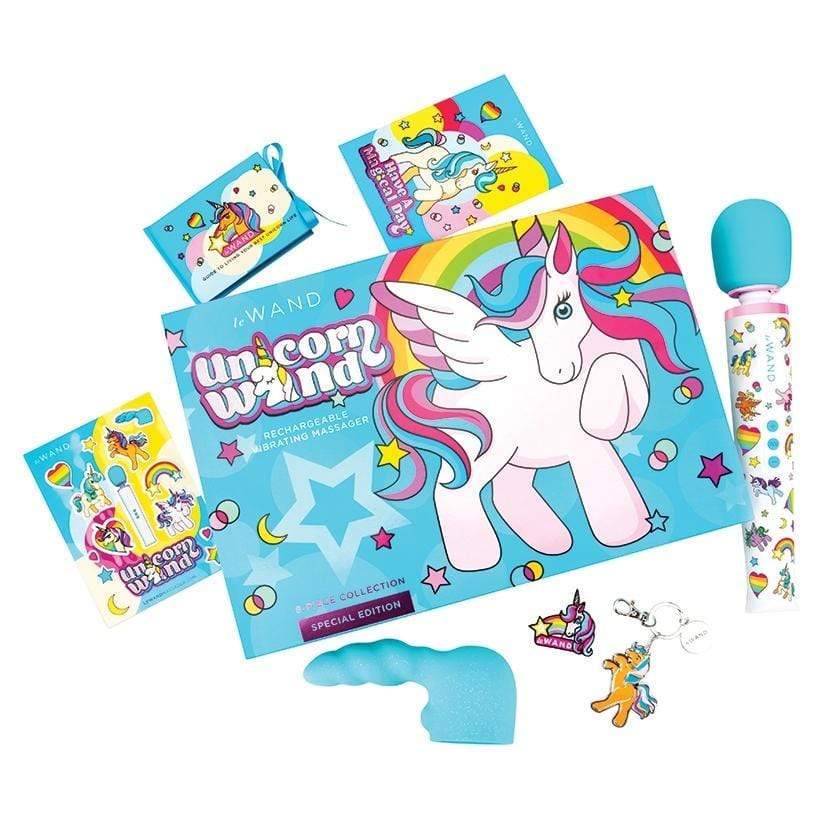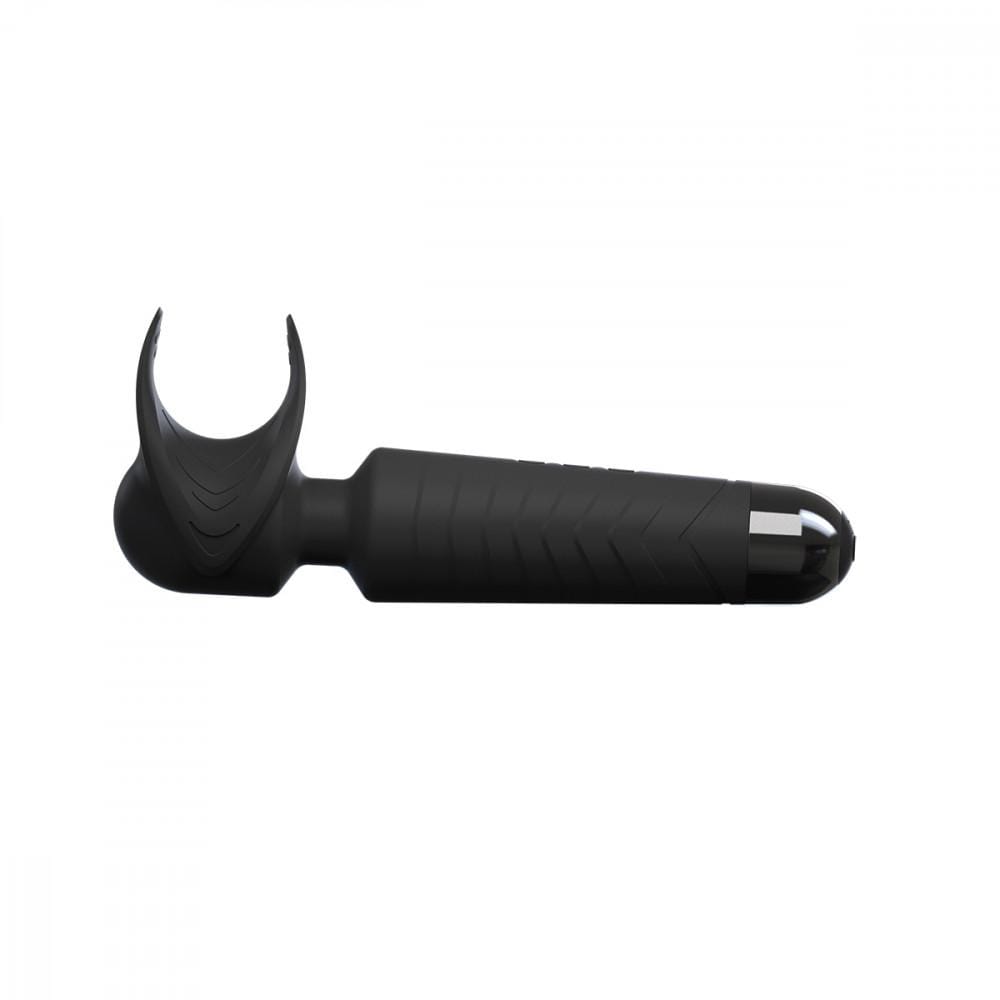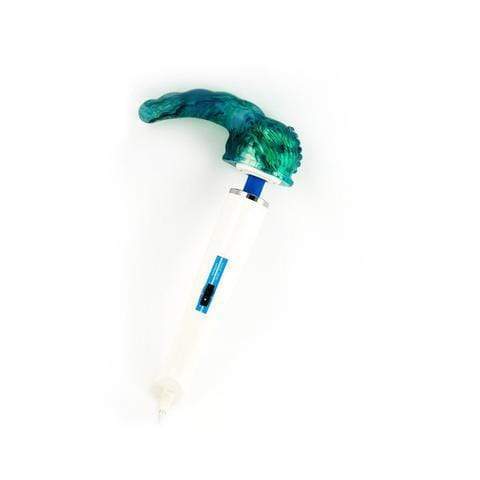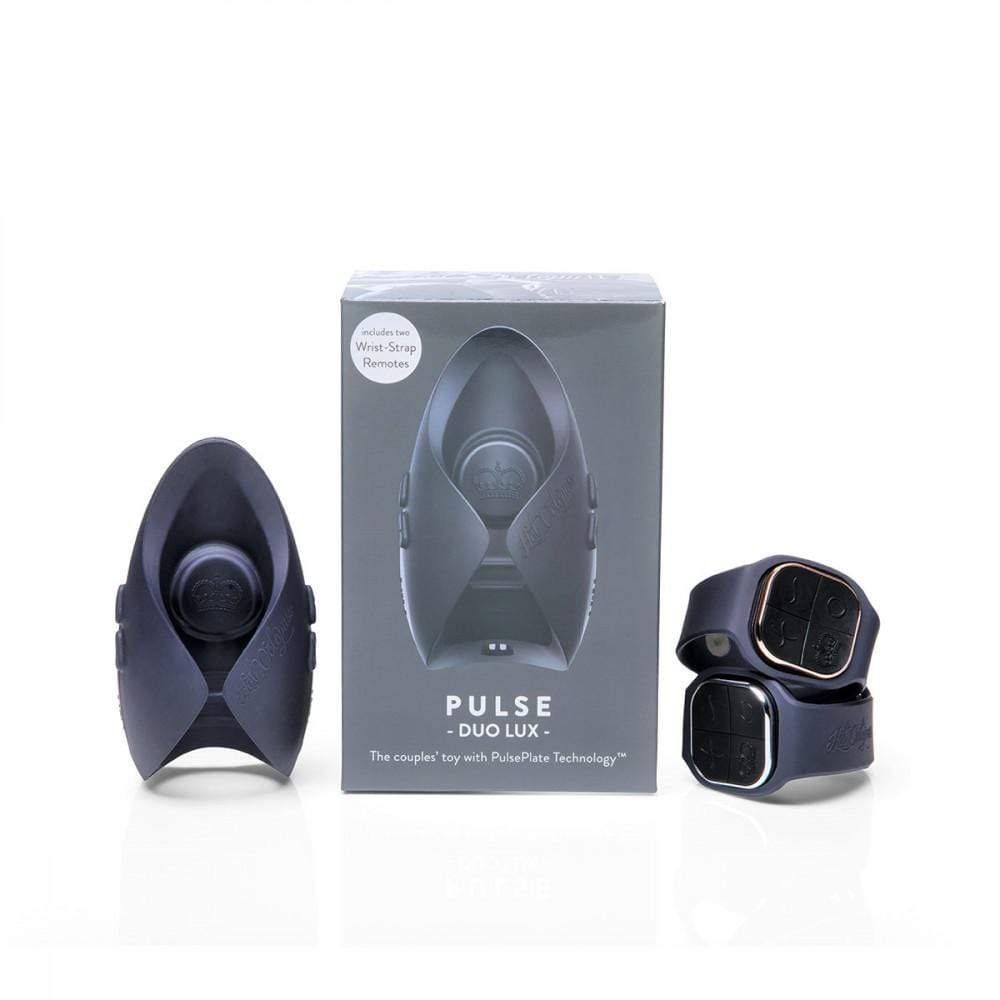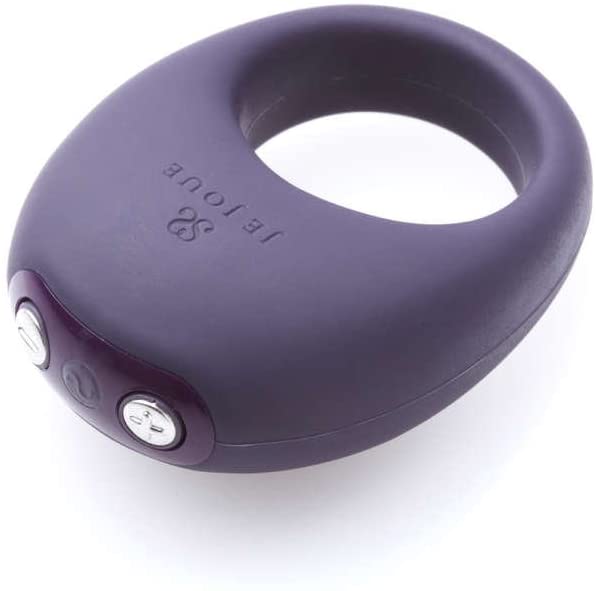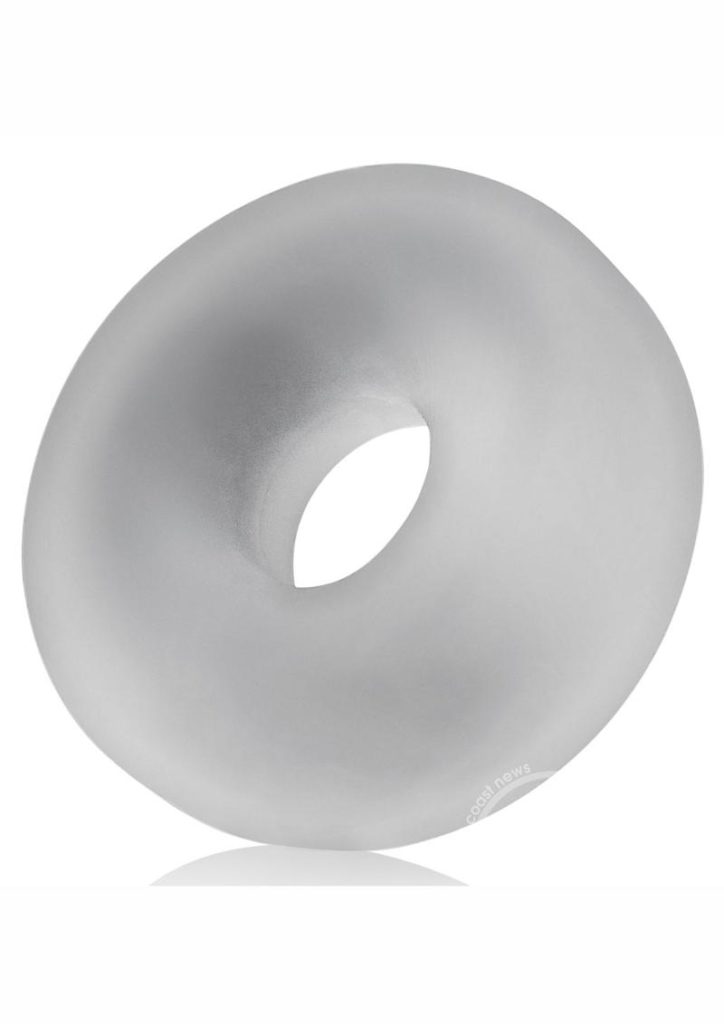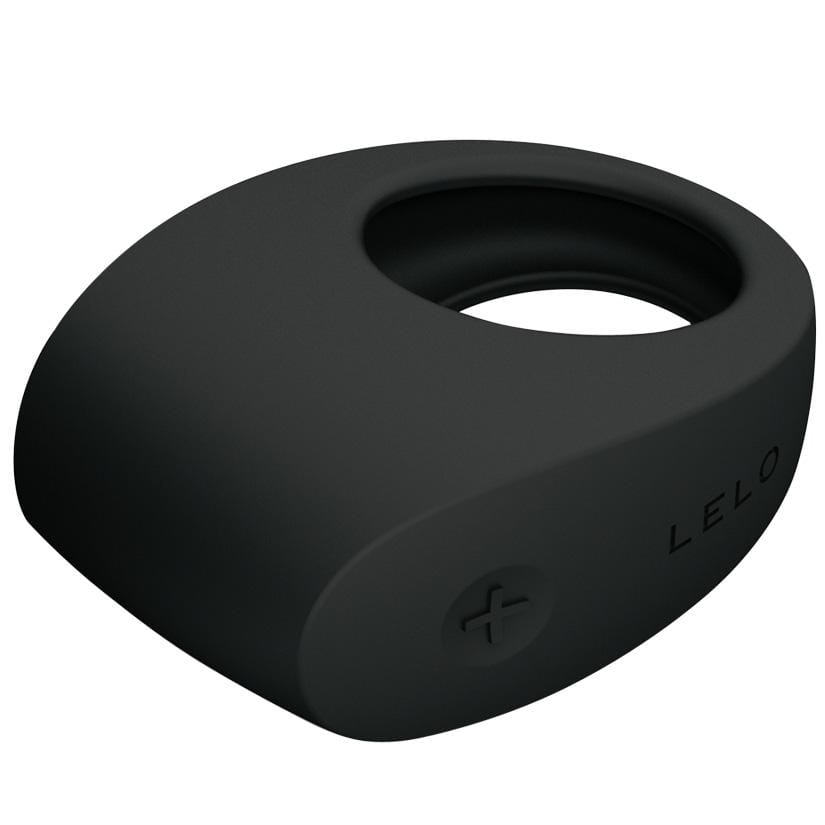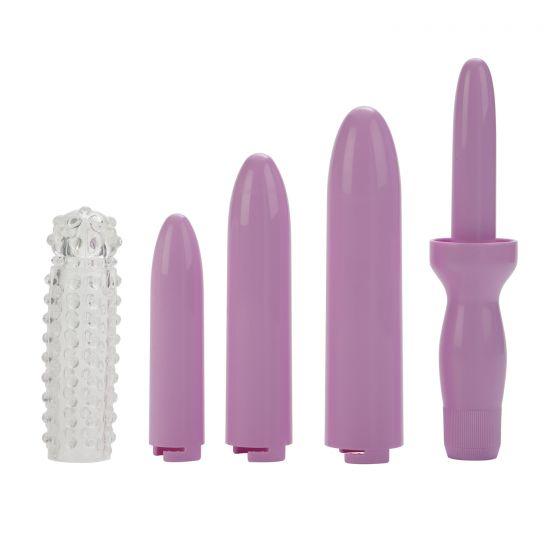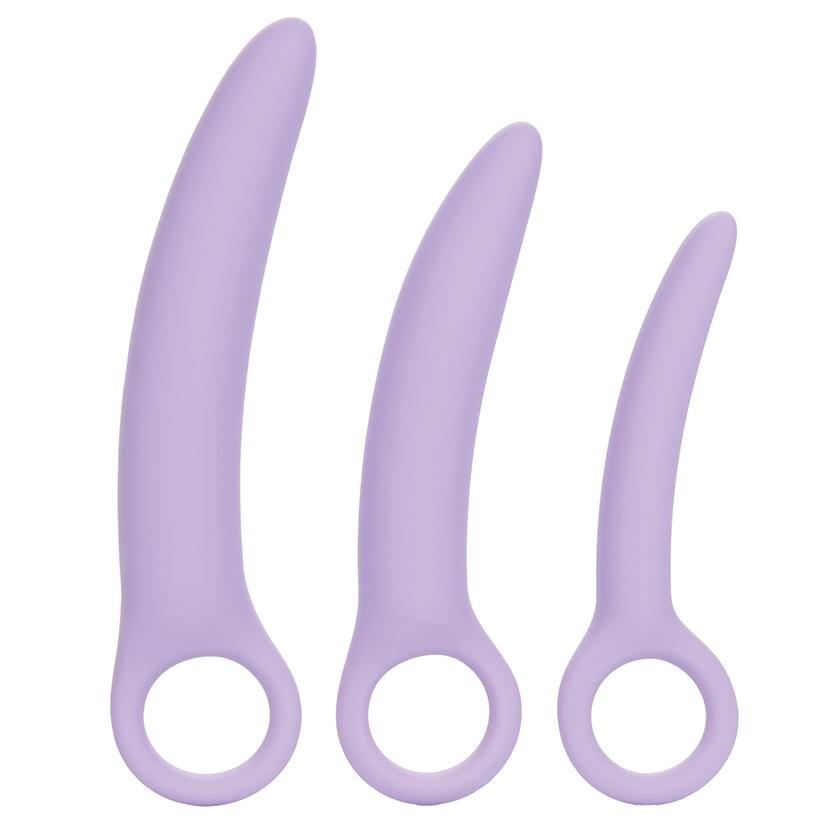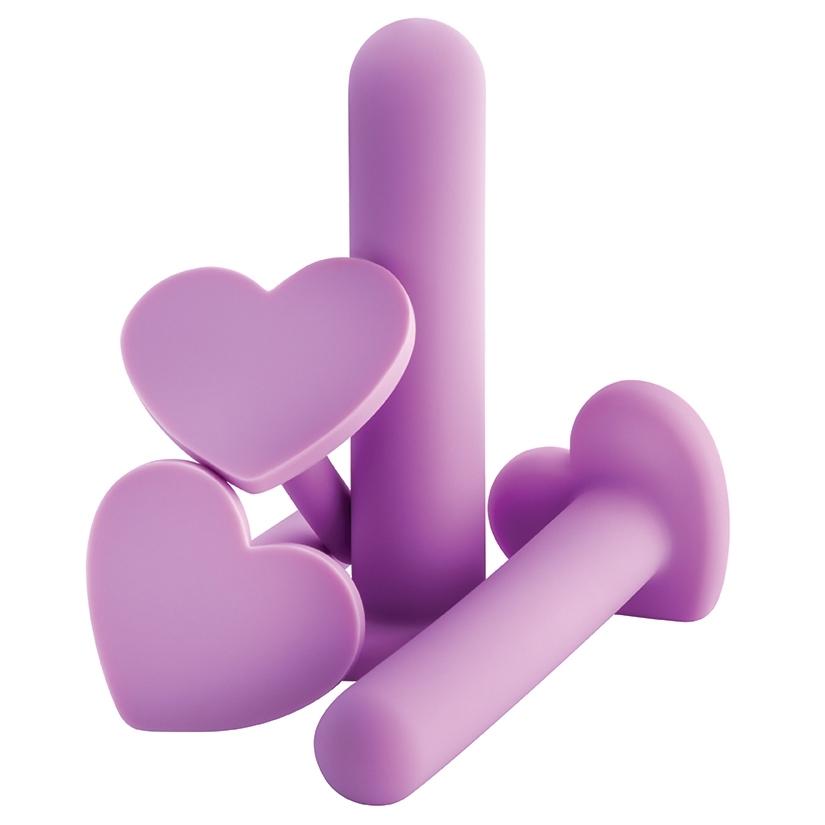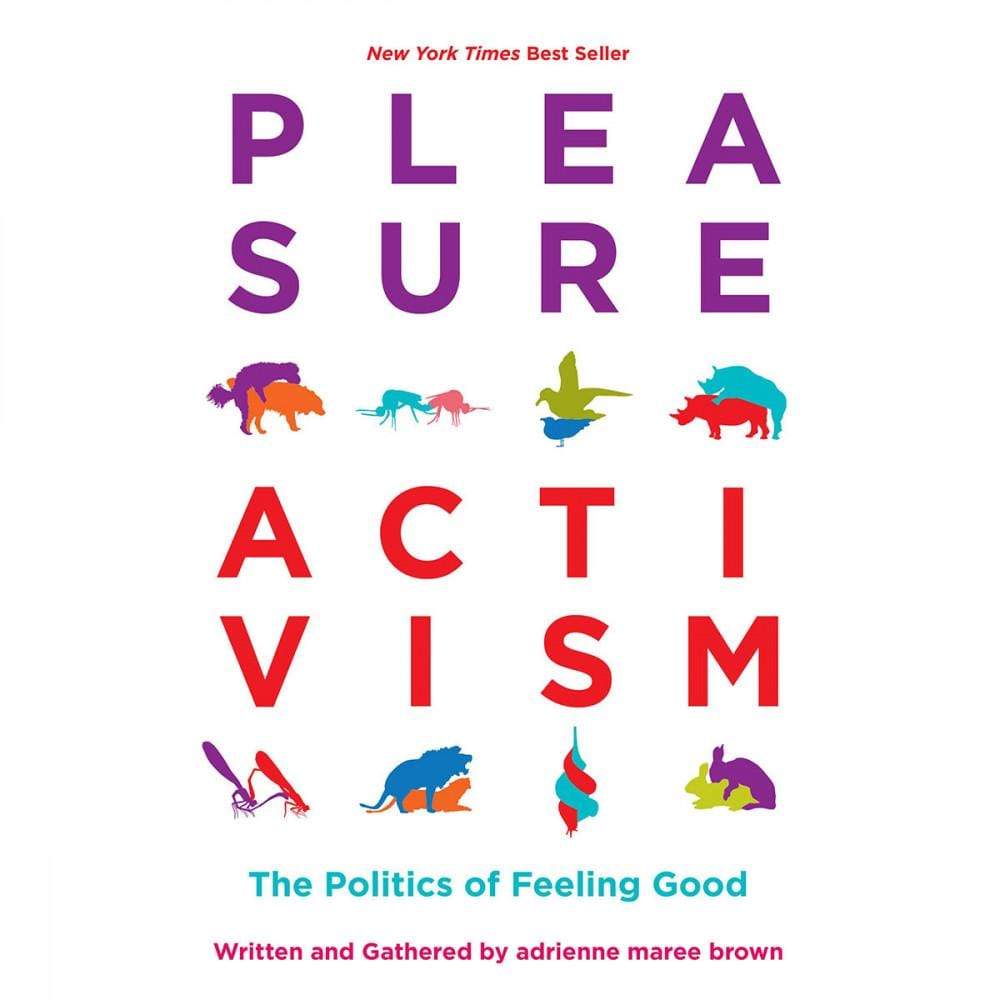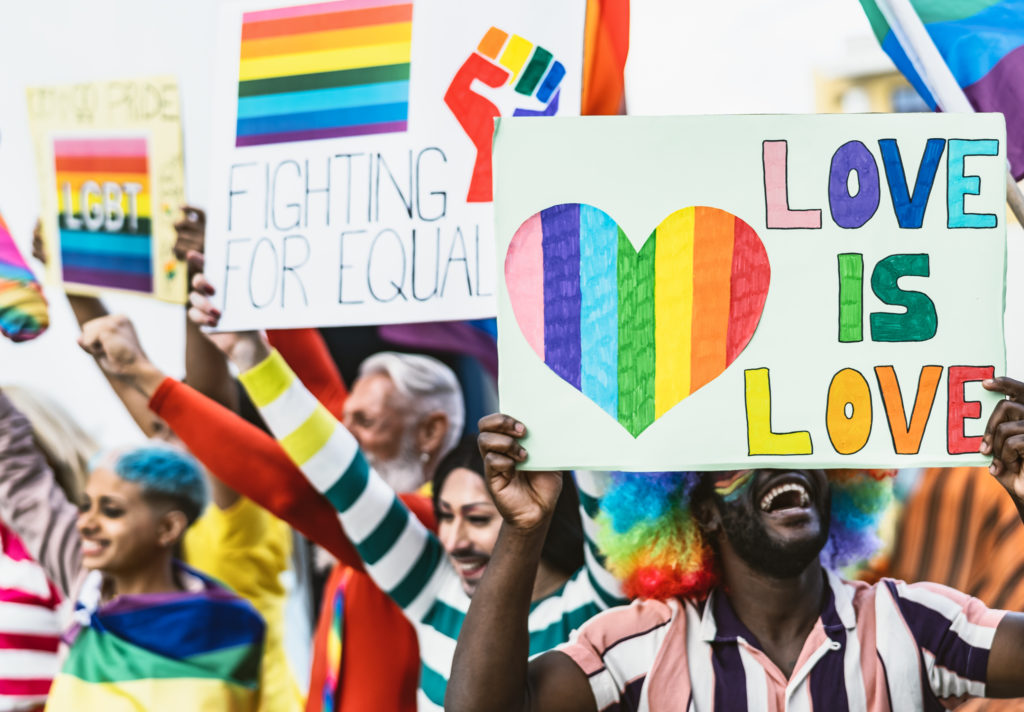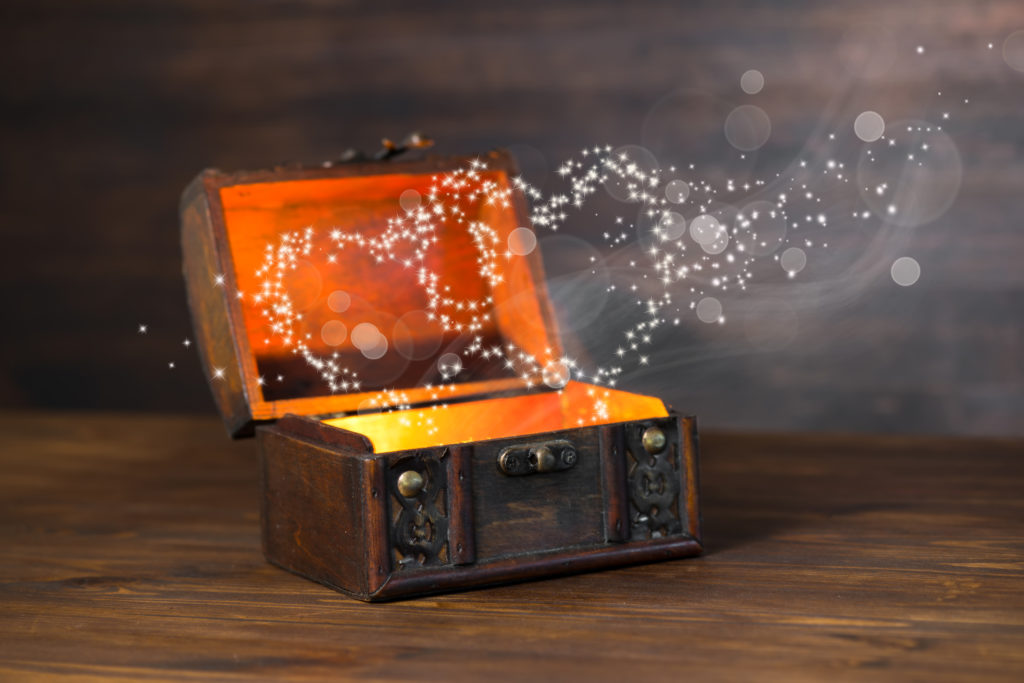
The kind within, not without. You’ve just been invited to a self-love treasure hunt!
“Remember that wherever your heart is, there you will find your treasure.”
Paulo Coelho, The Alchemist
I know writers have written about love for centuries, but these wise words from Paulo Coelho jumped off the page when I first read The Alchemist. They immediately sparked the thought, “Pssst! Yes, excuse me, but… has anyone seen my heart?! I need to find my treasure… now!!”
And it’s always right where I left it… on the inside.
Trystology Talk is back, and here to ring in this month of L-O-V-E with a Pre-Valentine’s Day self-love treasure hunt!
Your challenge, if you dare to accept, is no simple task! Team Trystology invites you to join us as we relocate, recalibrate, and renew our hearts to properly assess how they’re functioning and impacting our lives.
Our goal?
To love authentically!
And look, I’m not saying the way you love now isn’t wonderful! I’d imagine you’re like most of us – great sometimes, while lacking others. That’s normal! However, the better we assess our own emotional needs, the more understanding we have of ourselves and others. We learn to love deeper. Isn’t it true? Anytime we deeply look into ourselves, we recognize just how complex this human experience really is. In all that vastness, you too deserve love. Behind your eyelids, you deserve your own love.
Sounds great, I know… but what is love?!
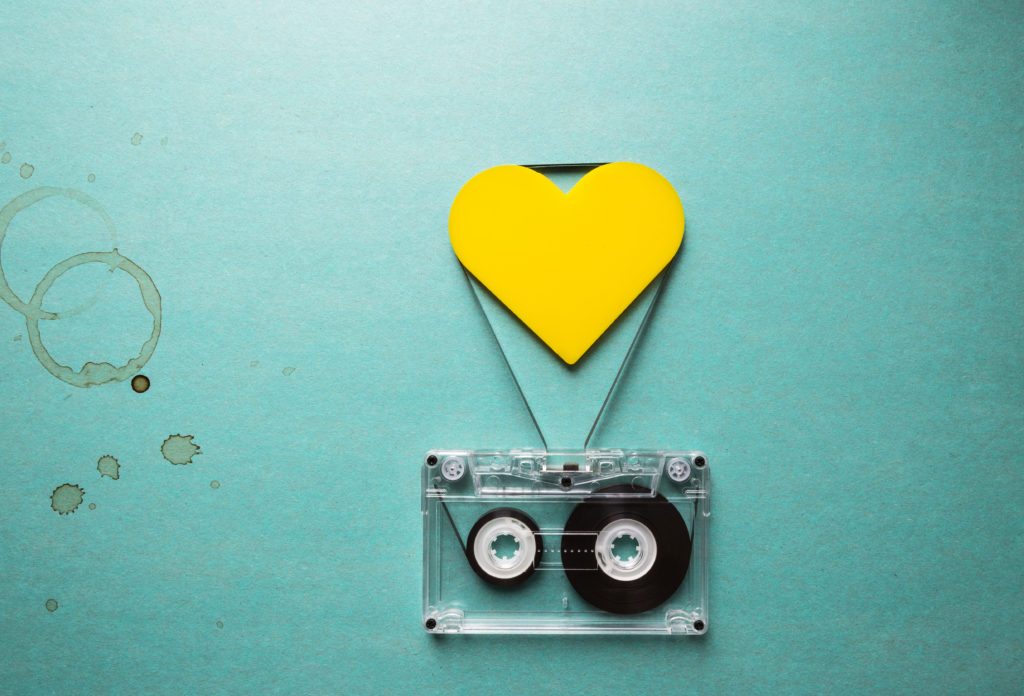
(Baby, don’t hurt me!… Look, you’d think it if I didn’t write it, and if you don’t get it, enjoy your youth…)
Theoretically, I’m not qualified to answer this question. Scientifically I’m not either, but the emotion of love is primarily governed by the brain chemical, oxytocin. Oxytocin is produced upon orgasm, yes, but more specifically, it’s also the chemical that makes us feel attached to our friends, families, and partners. It combats stress by regulating cortisol levels in the body, proving a happy life is in fact a healthier one too!
Remember, though, we said challenge, and in order to find our treasure, we have to look within.
Isn’t it interesting how much our minds wander, from the past to the future, while our bodies and hearts remain restricted by this present moment? Sometimes we get caught in the race of life and forget we need our own attention too! Our health and well-being depend on it!
So, your challenge is this:
Go to your calendar, you’re embarking on Trystology’s Self-Love Treasure Hunt!! For the next 14 days, you must do something for yourself and OWN IT! Every. Day. It could be a bath. Perhaps a meditation or a yoga routine. Maybe it’s a walk, or a quiet moment to enjoy a hot coffee. Could be a song, or a new playlist dedicated to yourself. We recommend including time to self-pleasure! Whatever resonates with you, (and feasibly makes sense as an addition to your life), set reminders on your phone to follow through, all the while keeping your intention clear. This time is meant to ask yourself what you need right now, without judging the response.
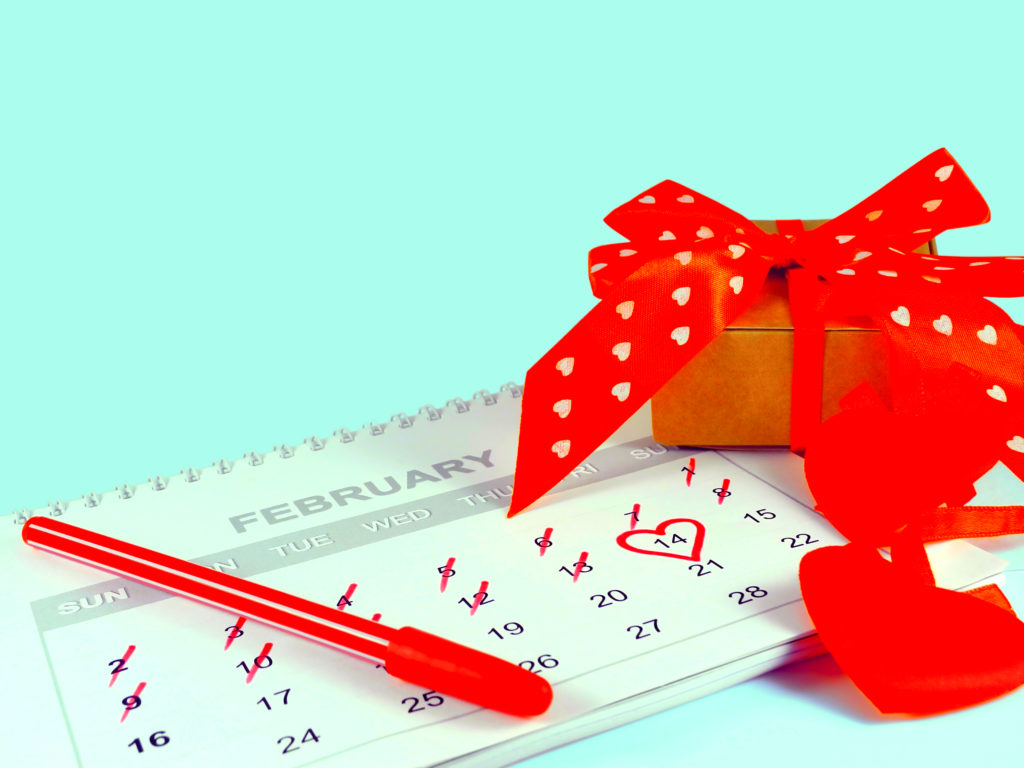
I know this self-love treasure hunt isn’t easy, because on January 15th, Trystology began a 21-day challenge highlighting our gorgeous, and my new favorite, Chakrubs collection. These authentic crystal tools vary in shape and design, and benefit anyone seeking an intentional and natural addition to their sensual lives. Chakrubs features the discrete Slim, the full Original, the powerful Curve, and one of the oldest passion products known to women – the yoni egg.
Chakrubs genuine gem products come in nephrite jade, rose quartz, amethyst, black obsidian, quartz, and rhodonite. They are only safe when inserted vaginally, but can comfortably remain inside of the body for multiple hours. Once in, the egg acts as a weight for the vaginal wall to both squeeze and birth. They add intention to meditation, and make for a pleasant, gentle reminder to do your Kegels! (<— Mayo Clinic link, and worth a read!)
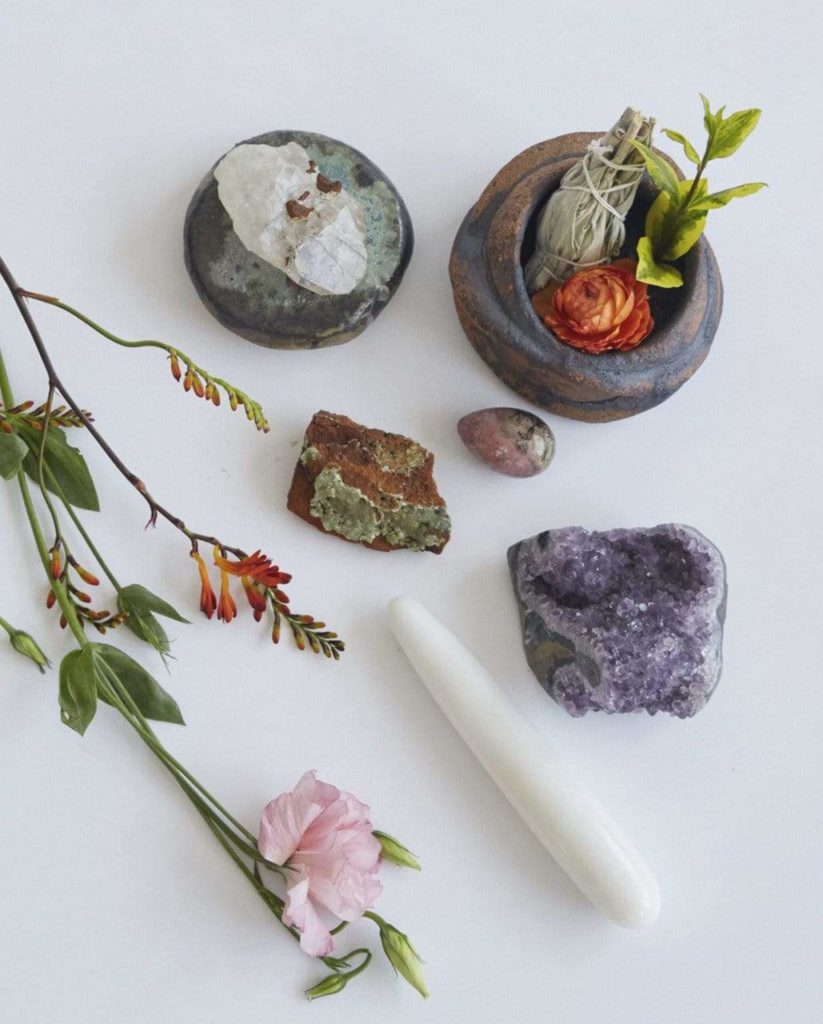
Trystology tip, please don’t disregard!: When seeking your yoni egg, or any crystal products meant for internal use, please find manufacturers who guarantee safety. Some crystals and stones are porous, leaving room for bacteria to grow. We provide Chakrubs tools because they’re ethically sourced, and made for internal pleasure. Just check their FAQ’s!
I’ll be honest – this challenge has been harder than I thought.
All of the Chakrubs products have an optional journal, and each prompt is deep. For instance, right here and now, what are you birthing into this world? Or this – what most often keeps you from accomplishing your goals? And maaaybe those are simple for you, but as a mid-challenge report, I’m frustrated how difficult it is to prioritize time for myself! But I’m also hopeful. Slowly, day after day, I am getting closer to my treasure.
Stay tuned for our final challenge updates. In the meantime, turn your internal compass toward your heart, and walk with us. Again, set reminders on your phone to do something for you. It might not be easy, but it’s worth it.
Happy Hunting! Treasure awaits!
For updates on the challenge, please follow us on Instagram!! @trystology

